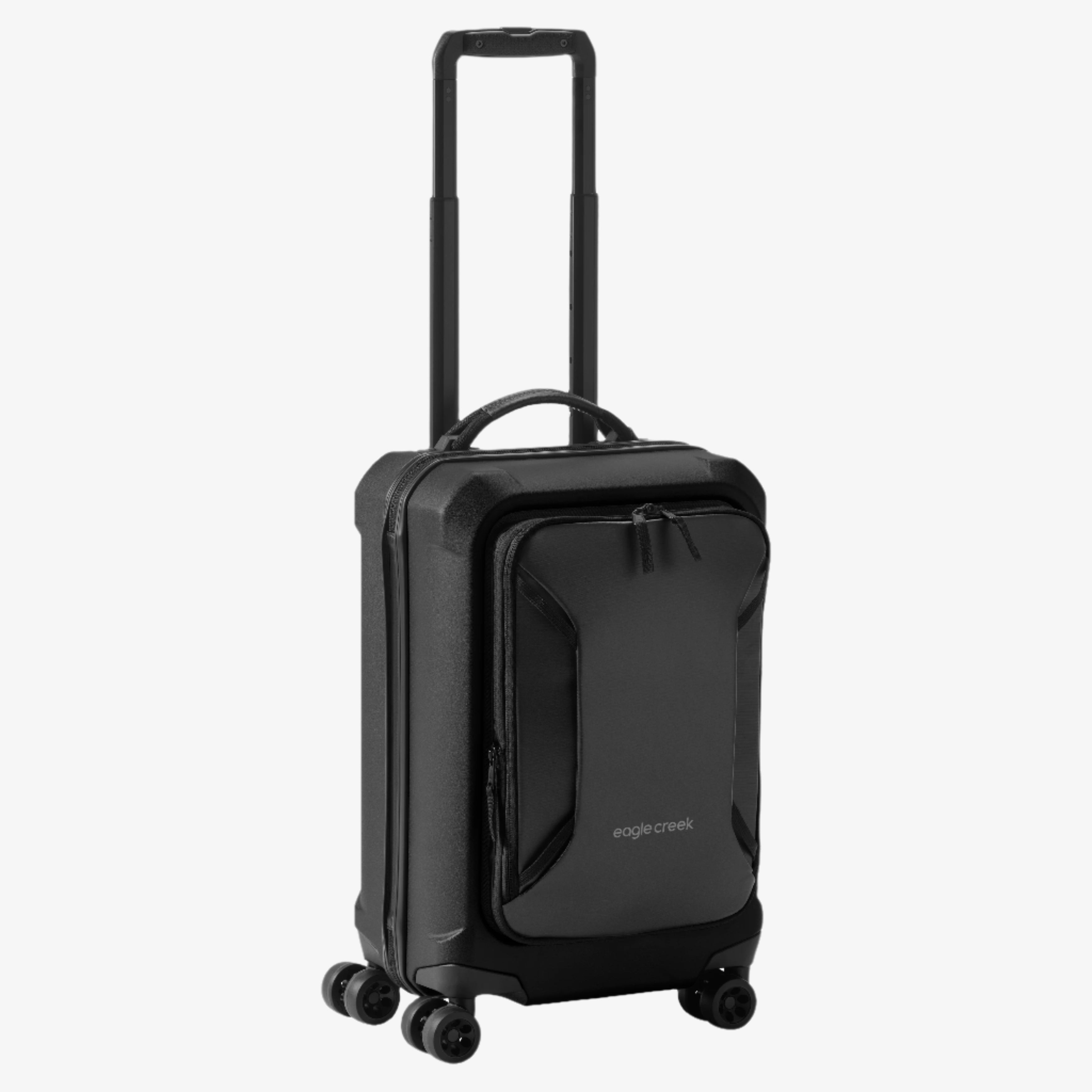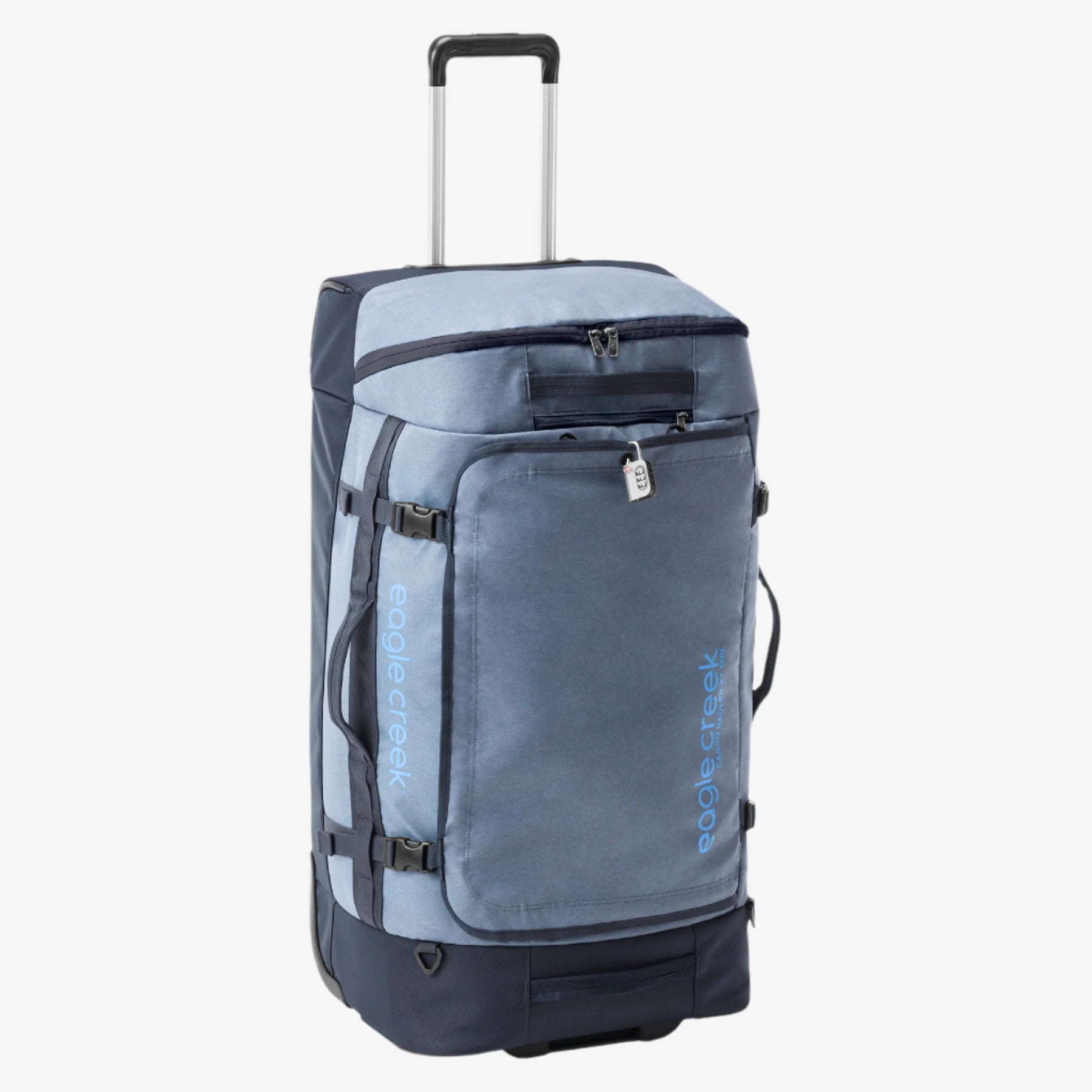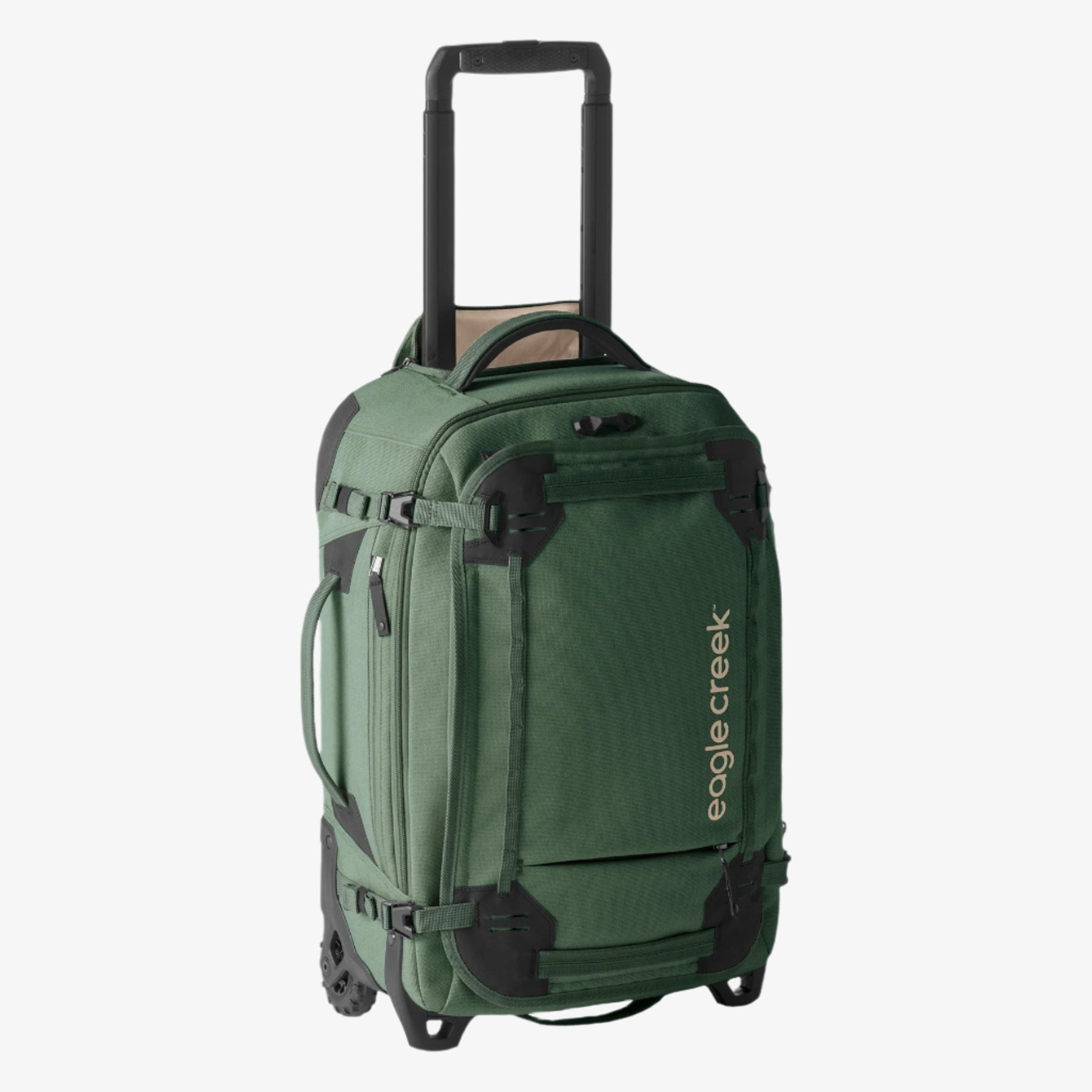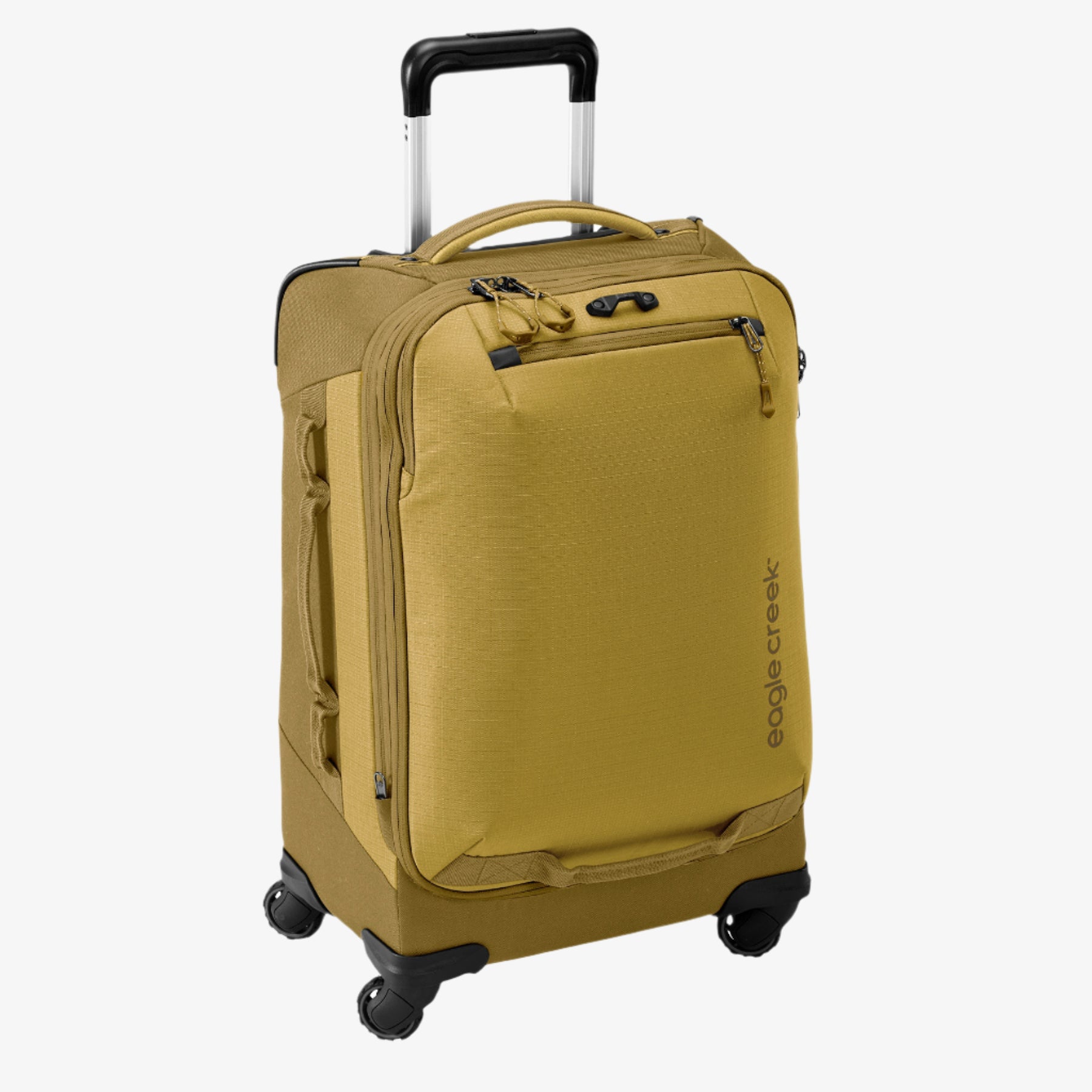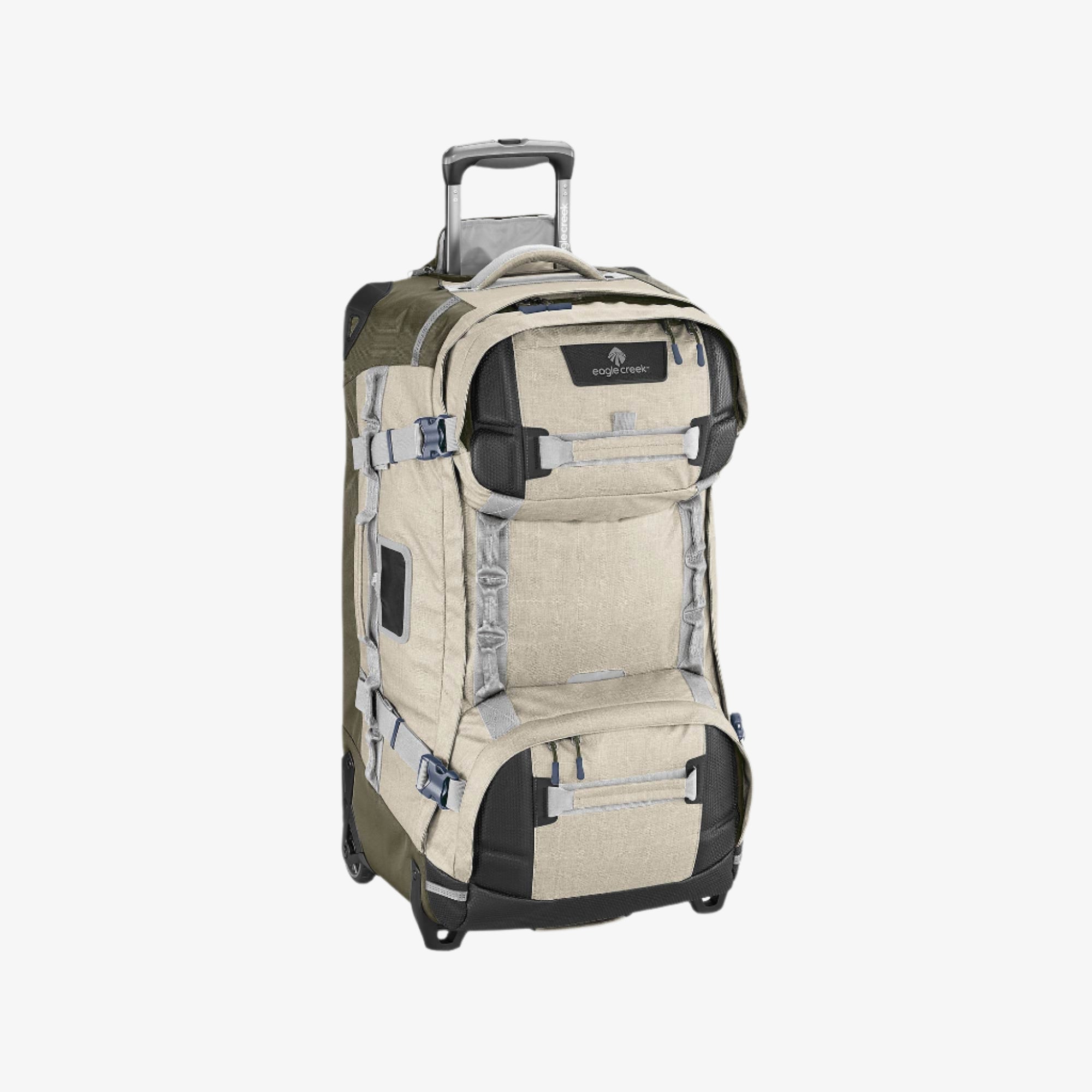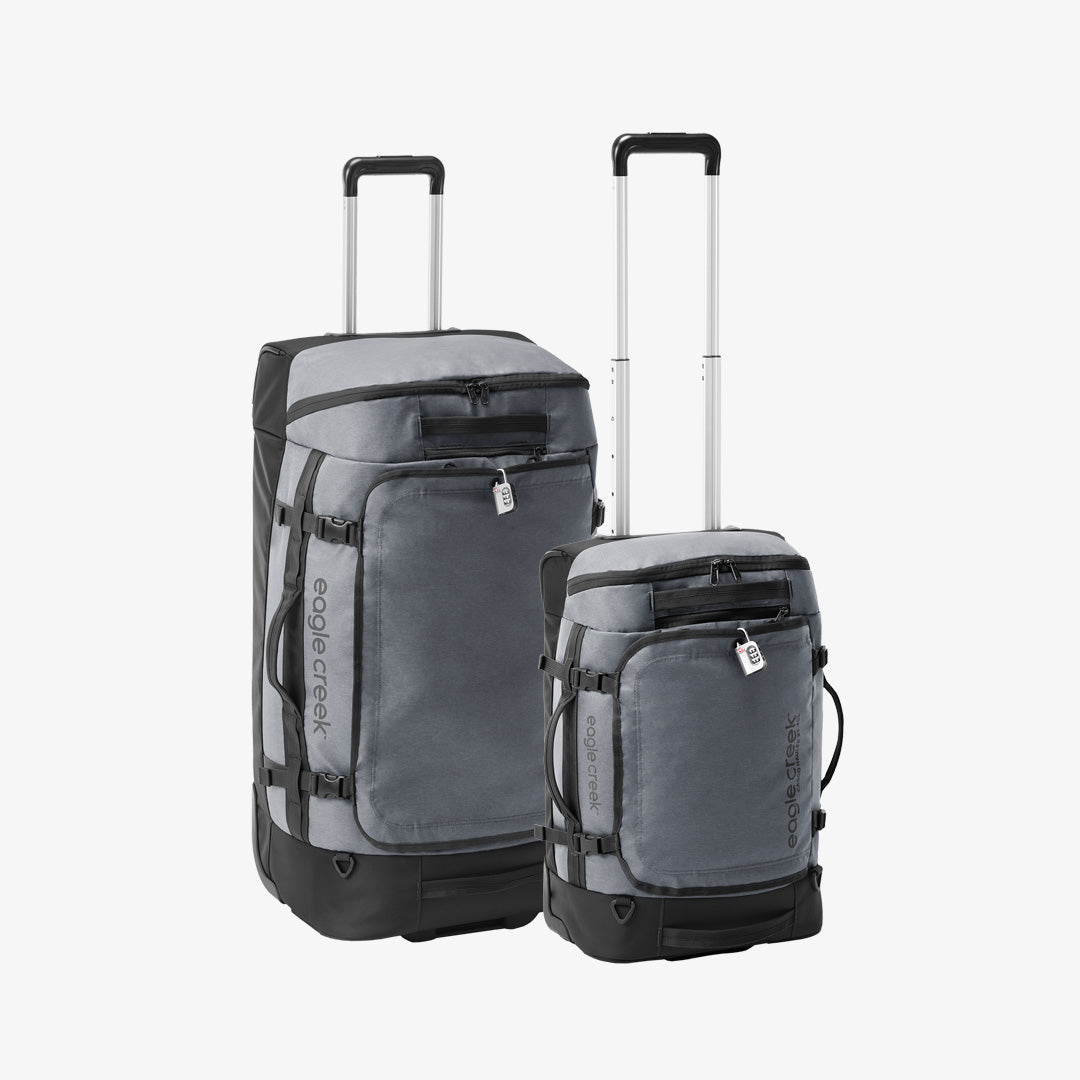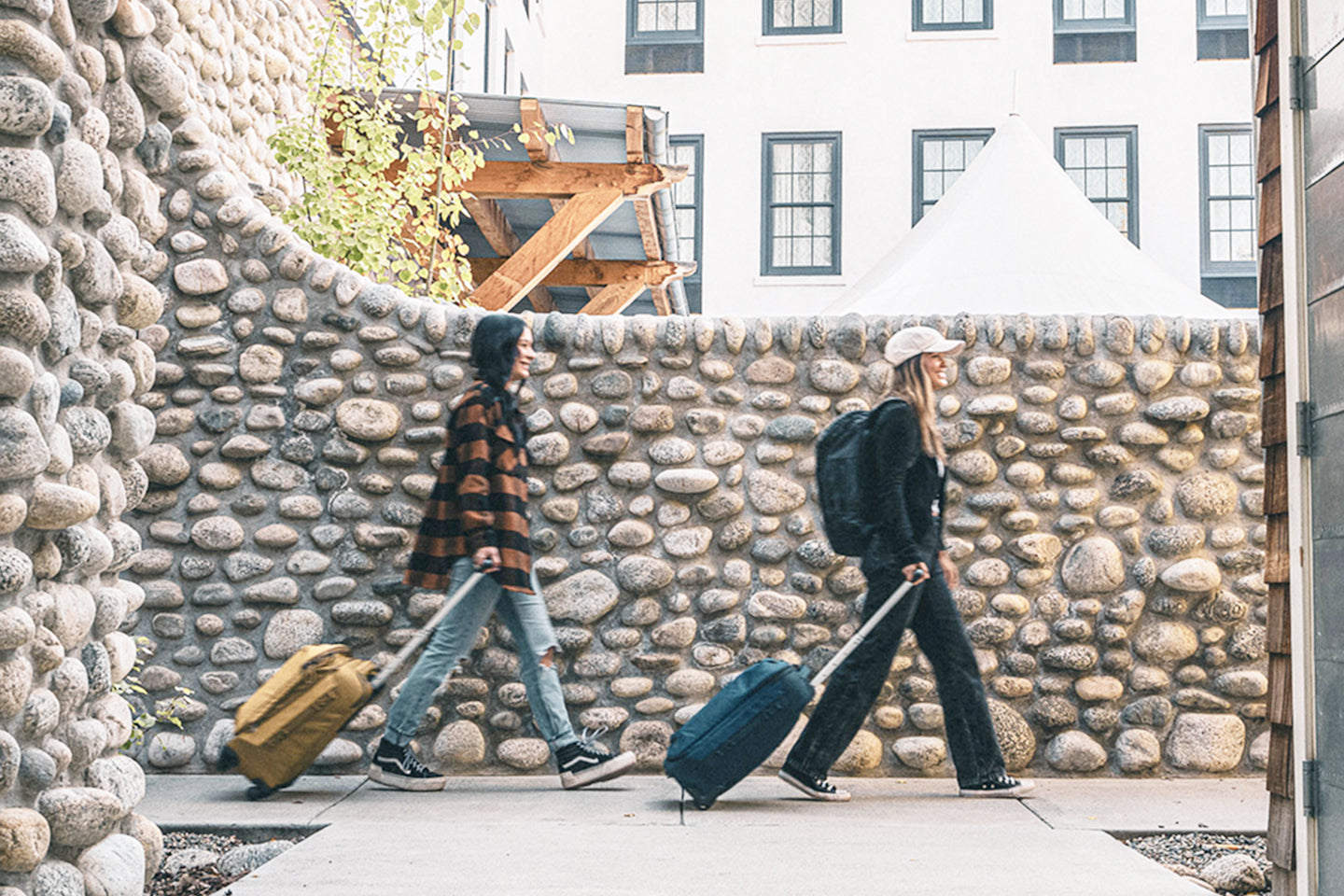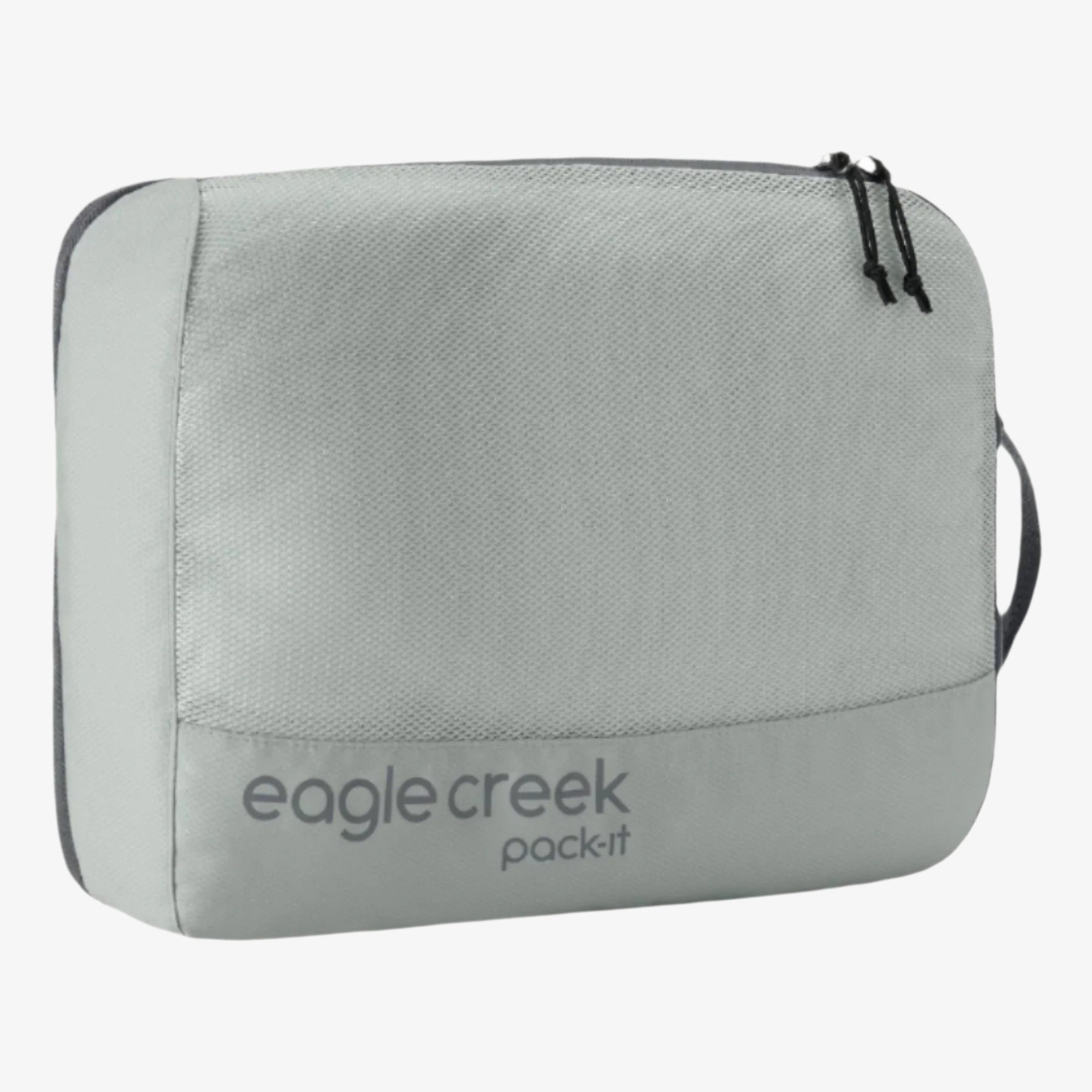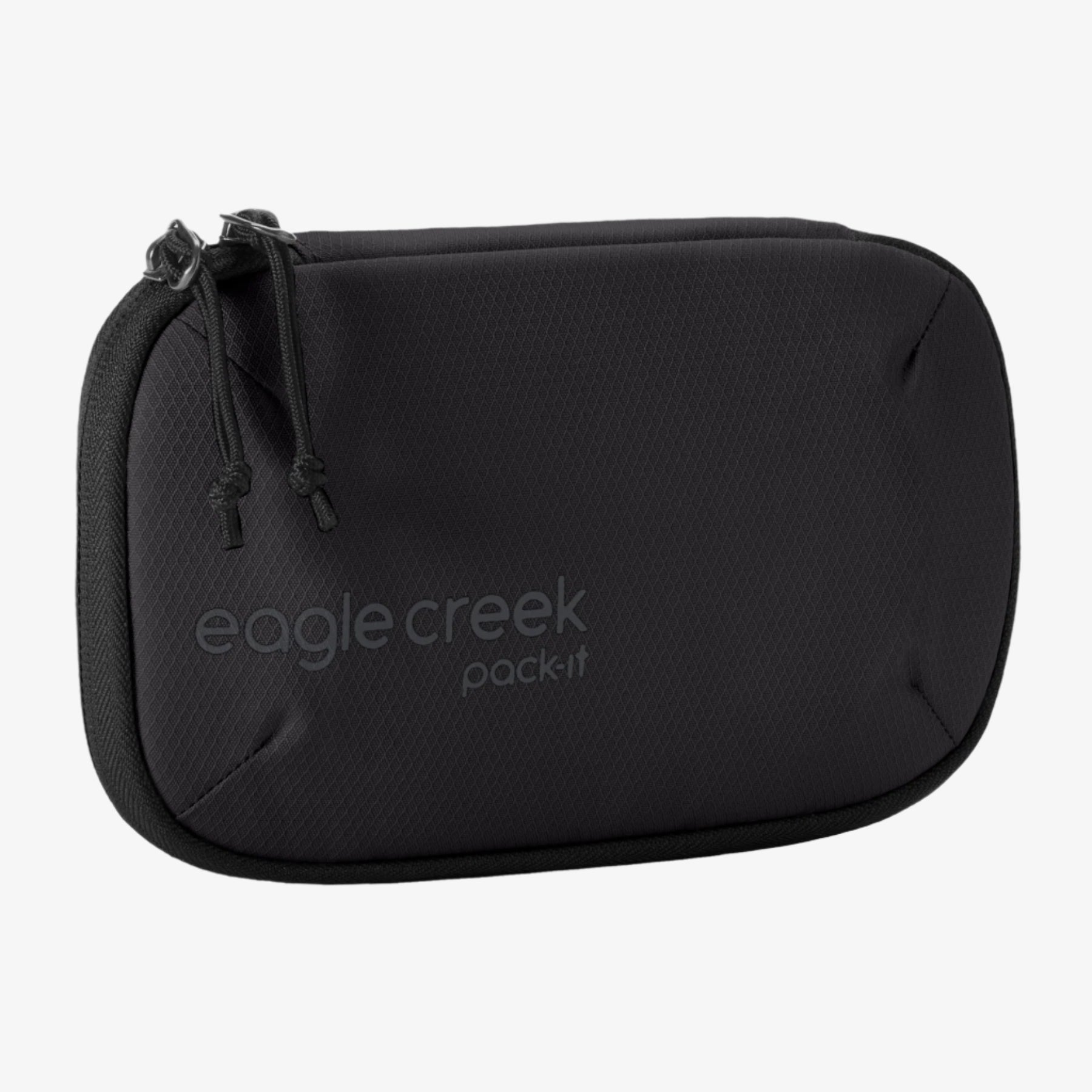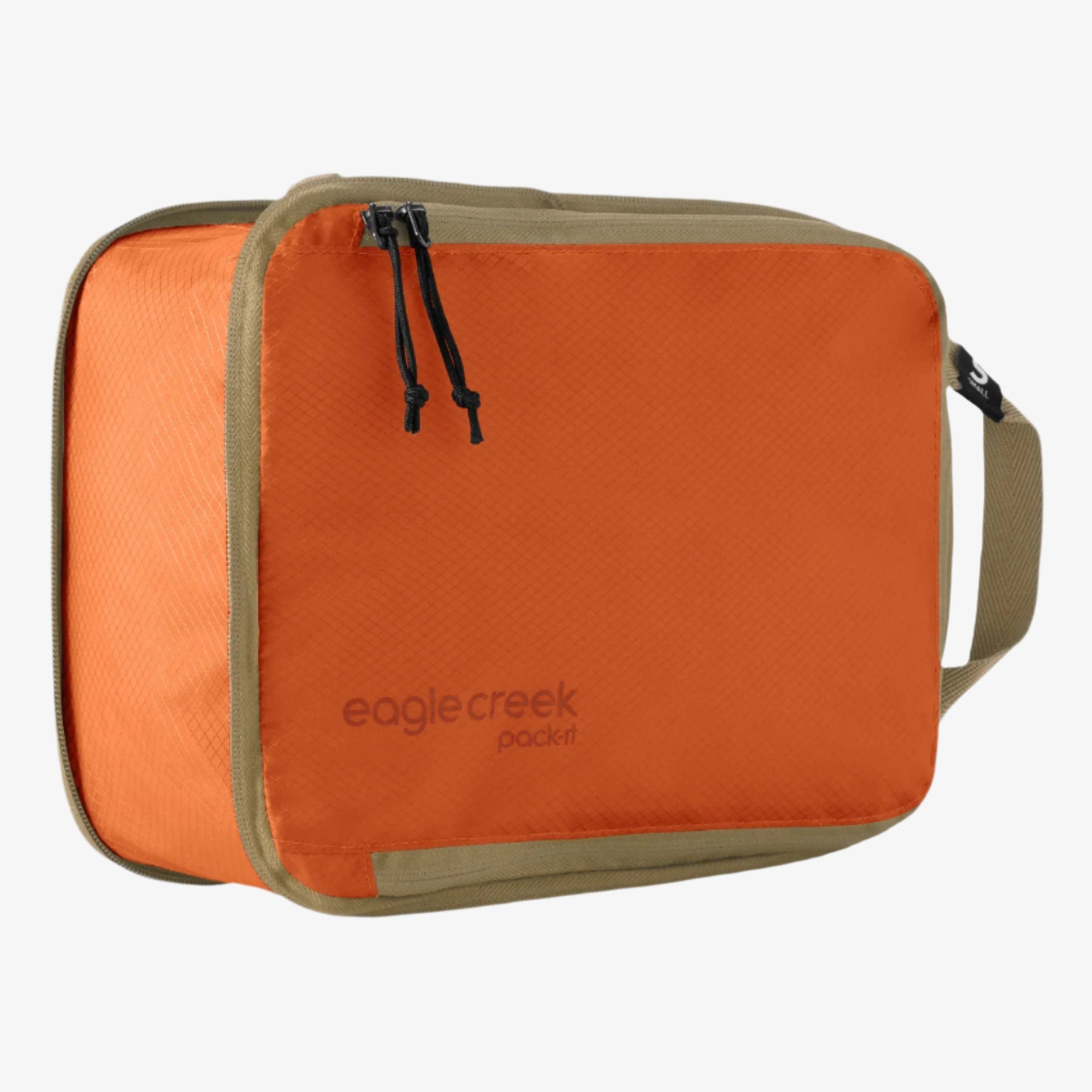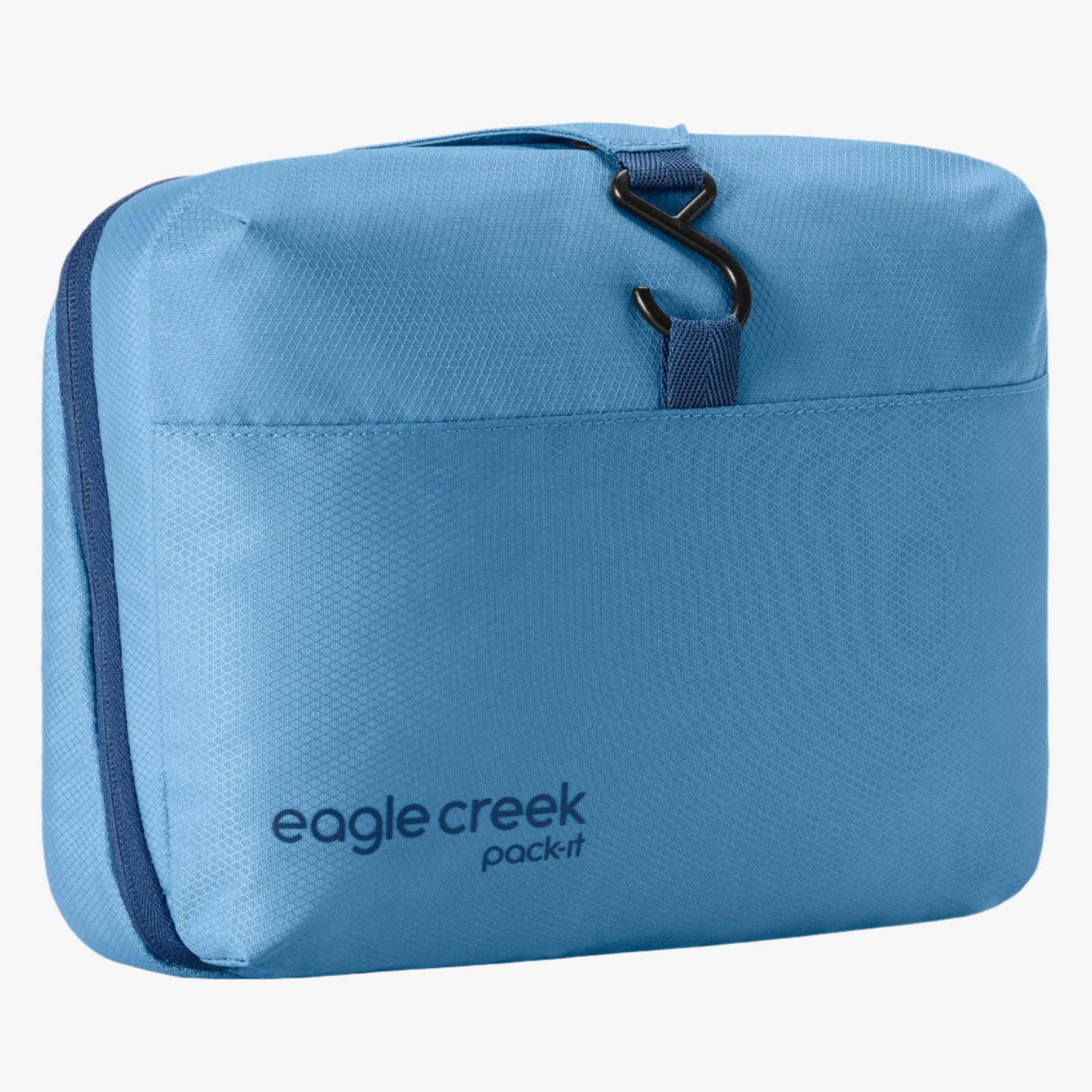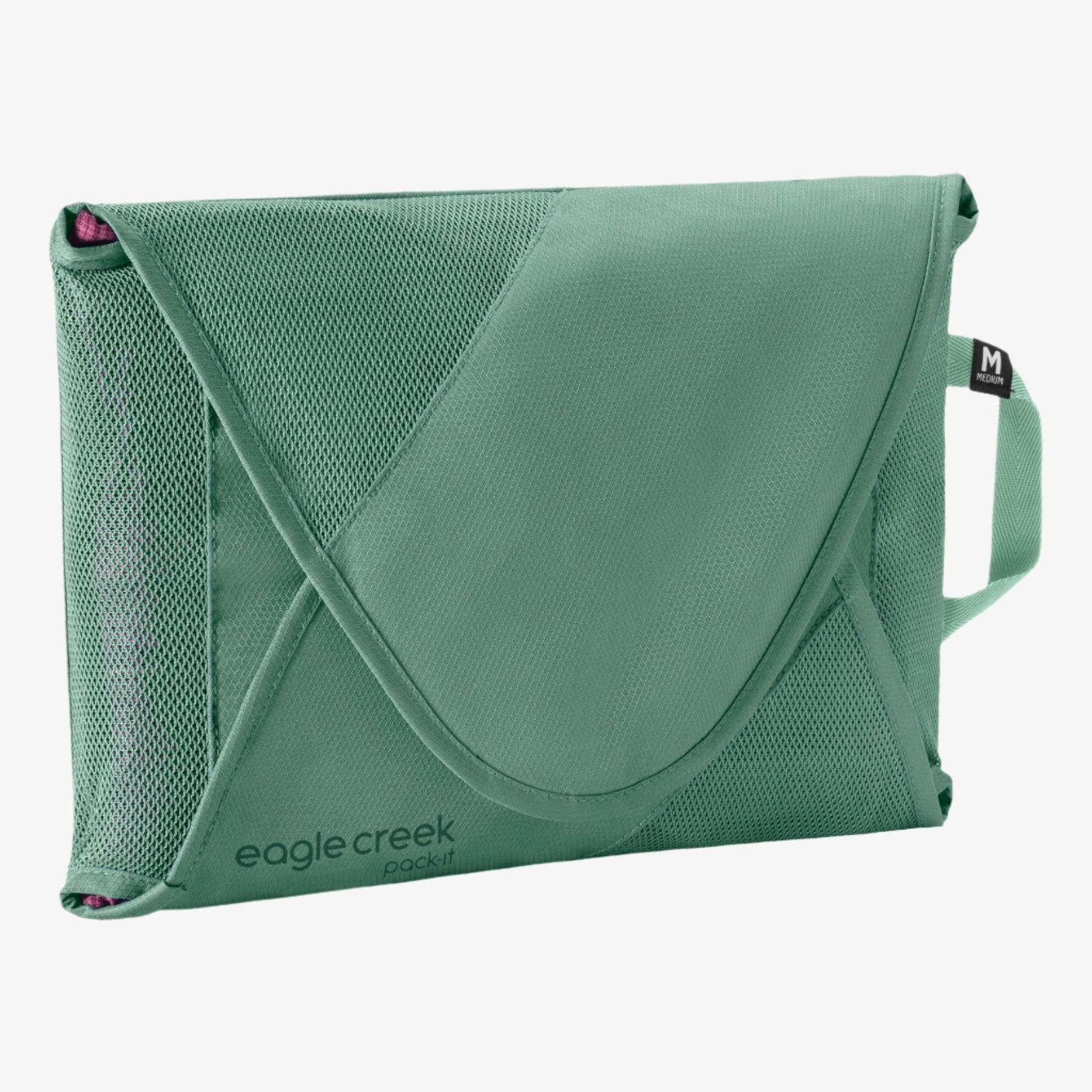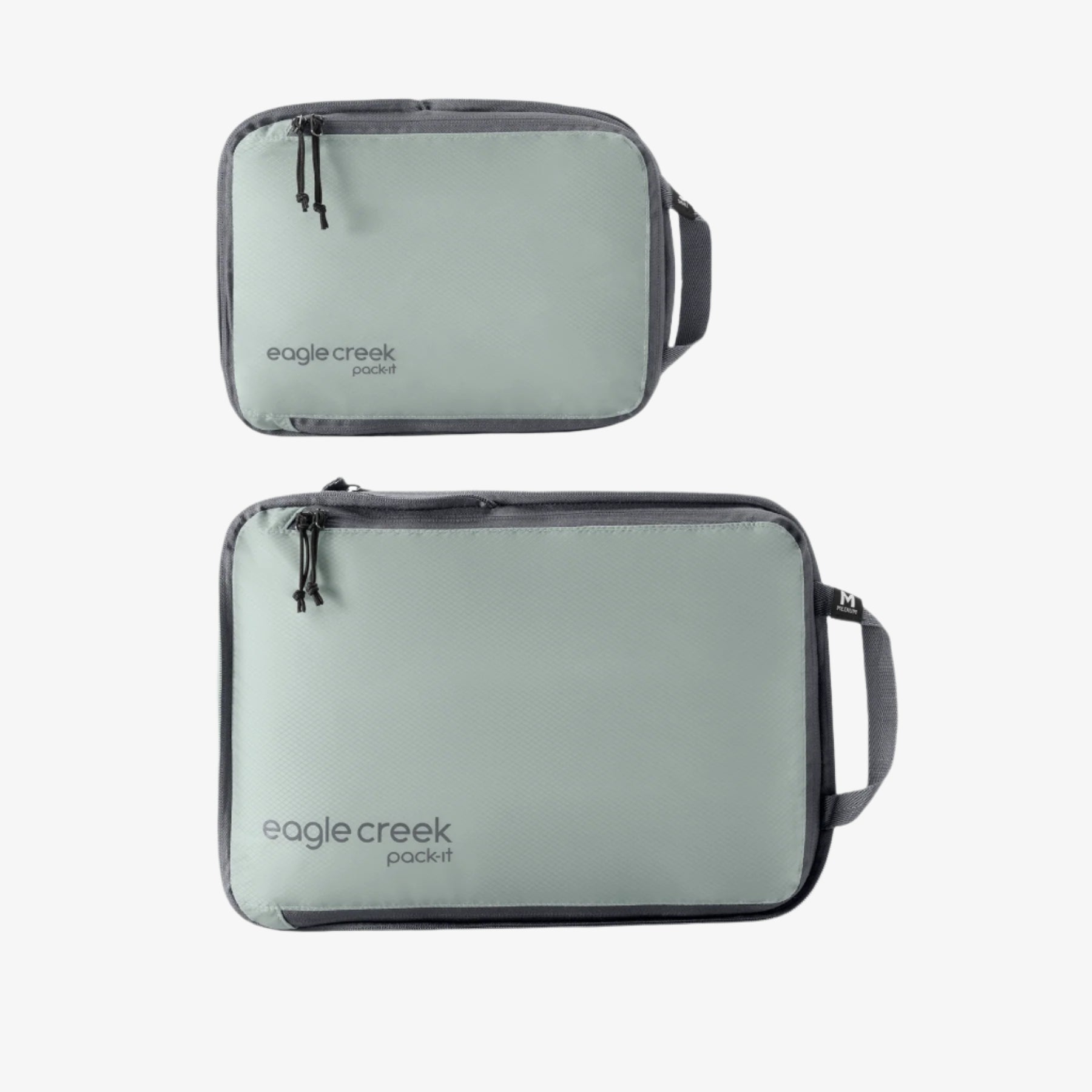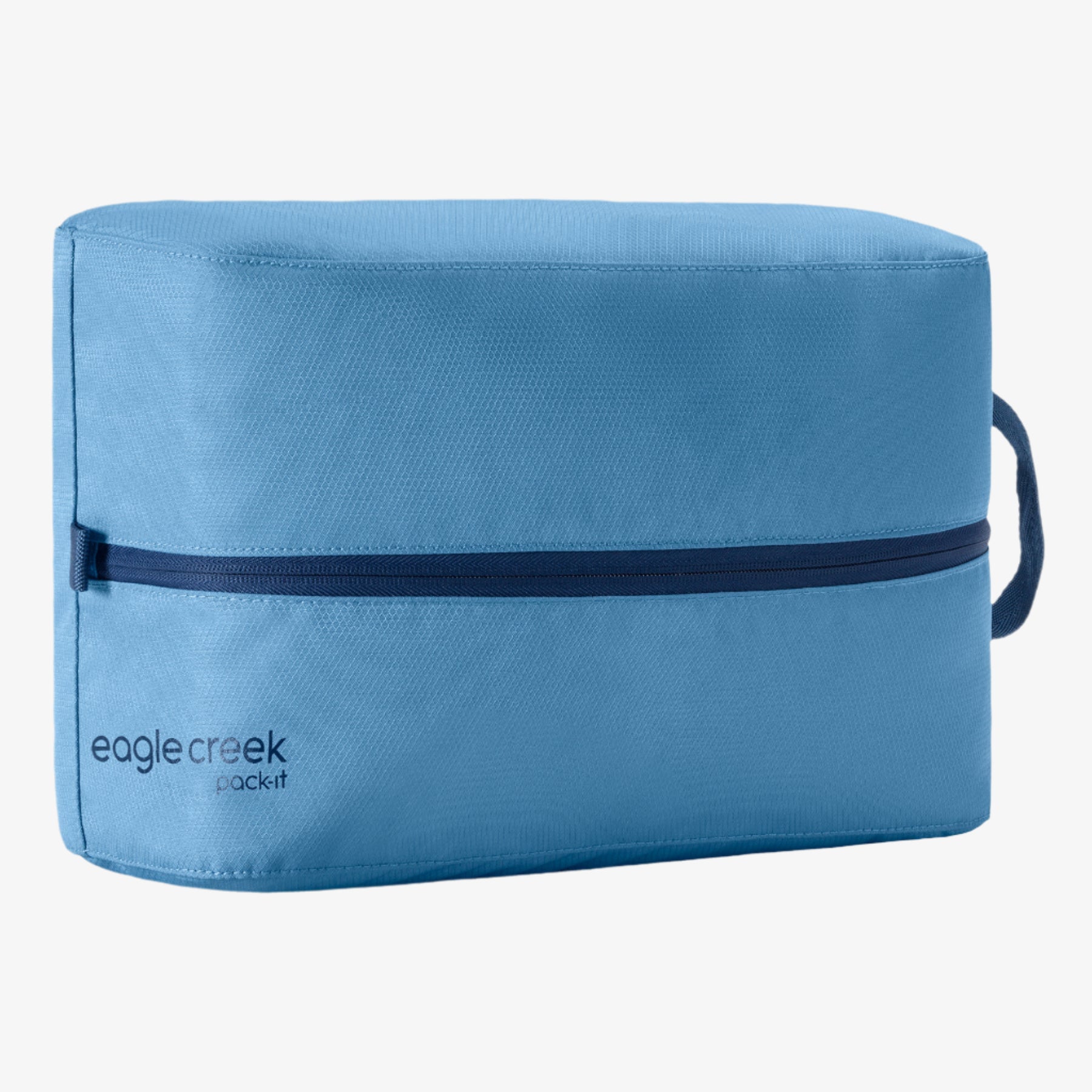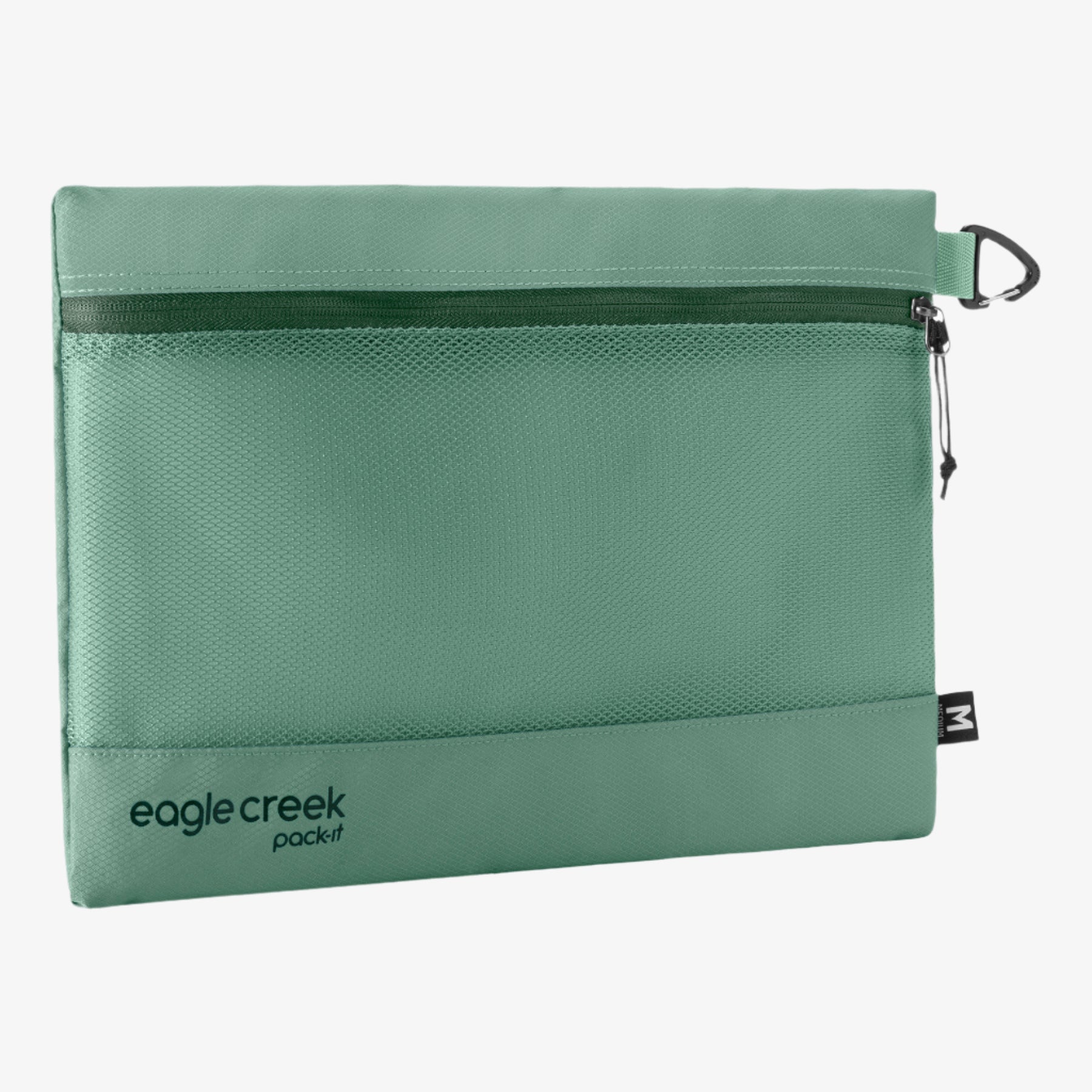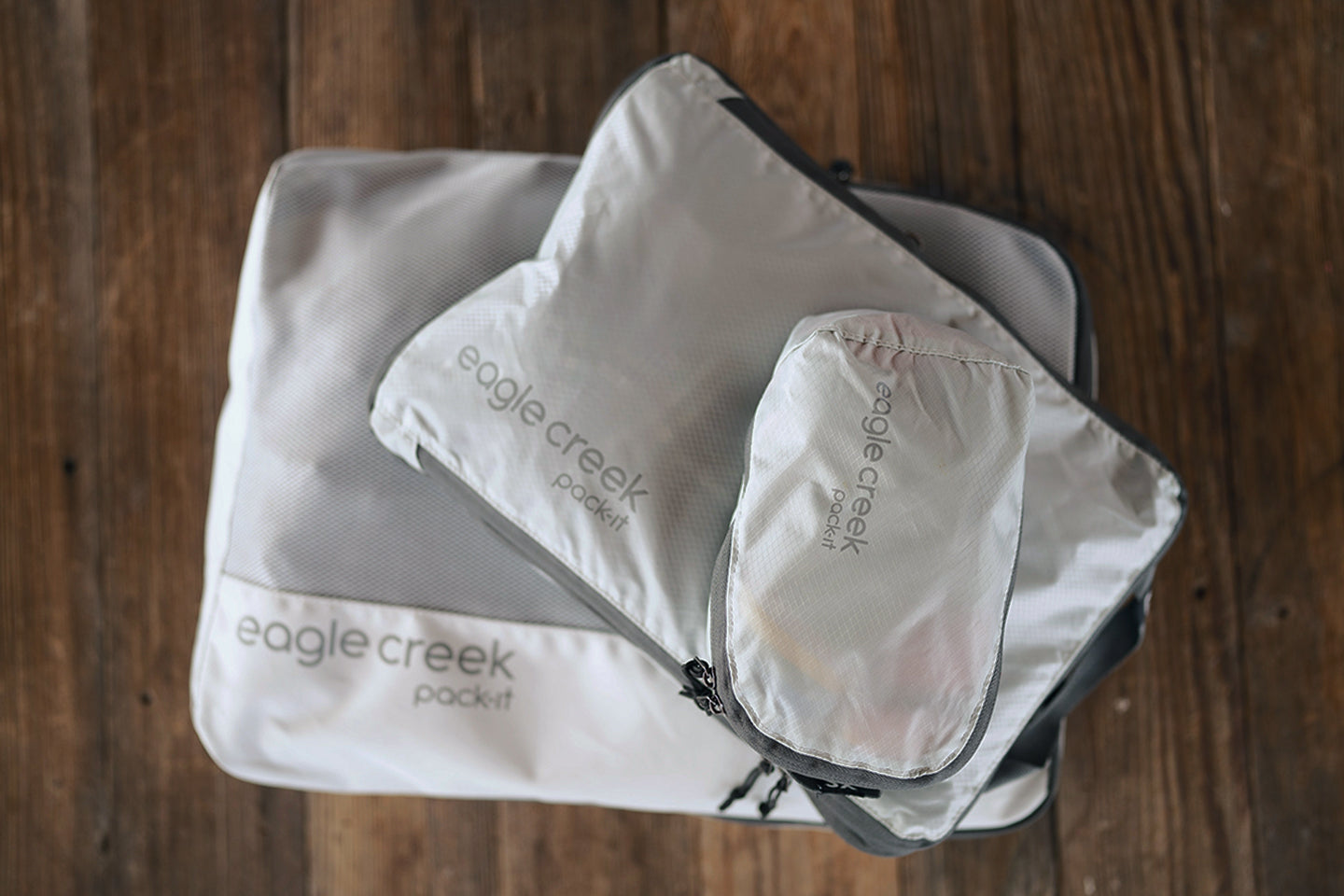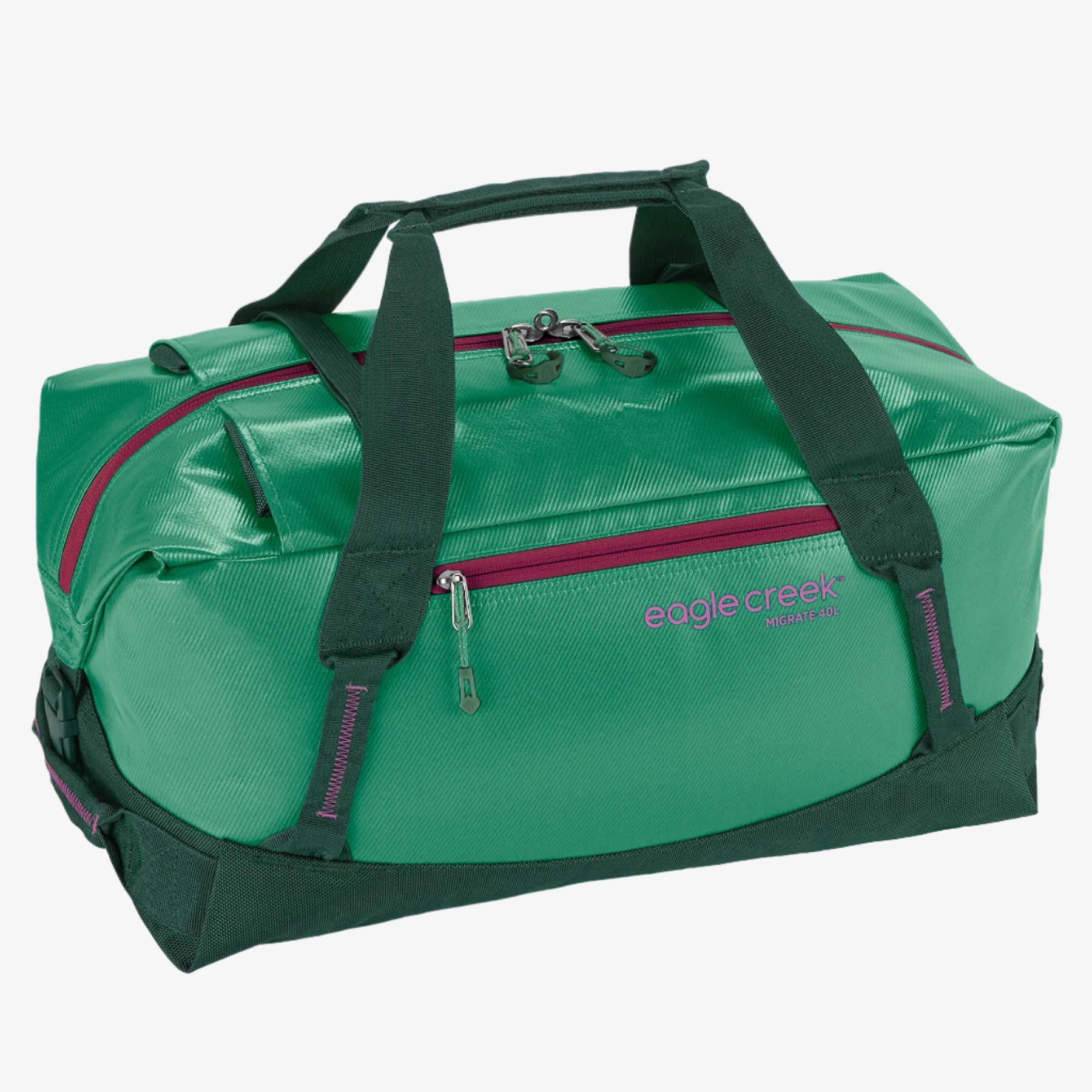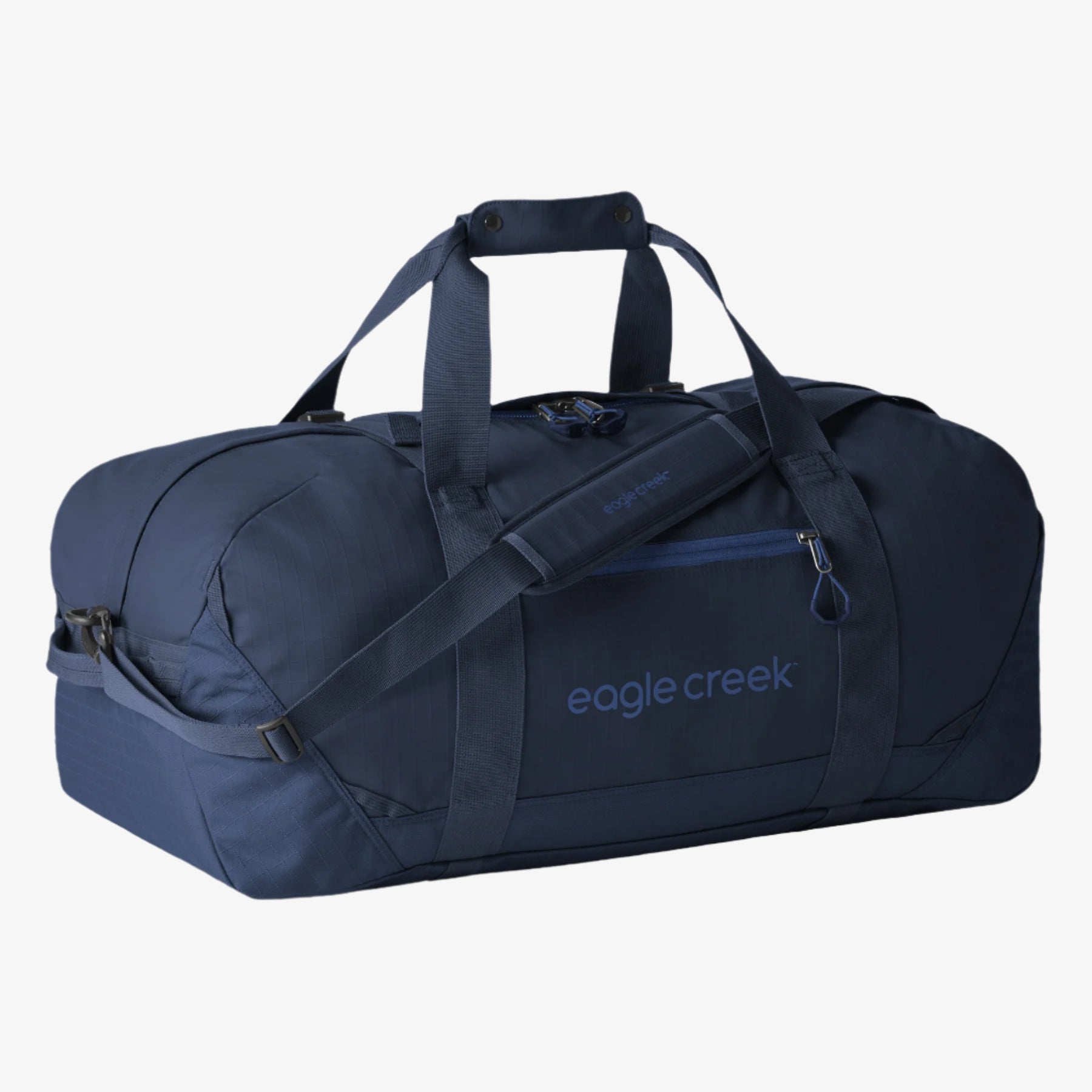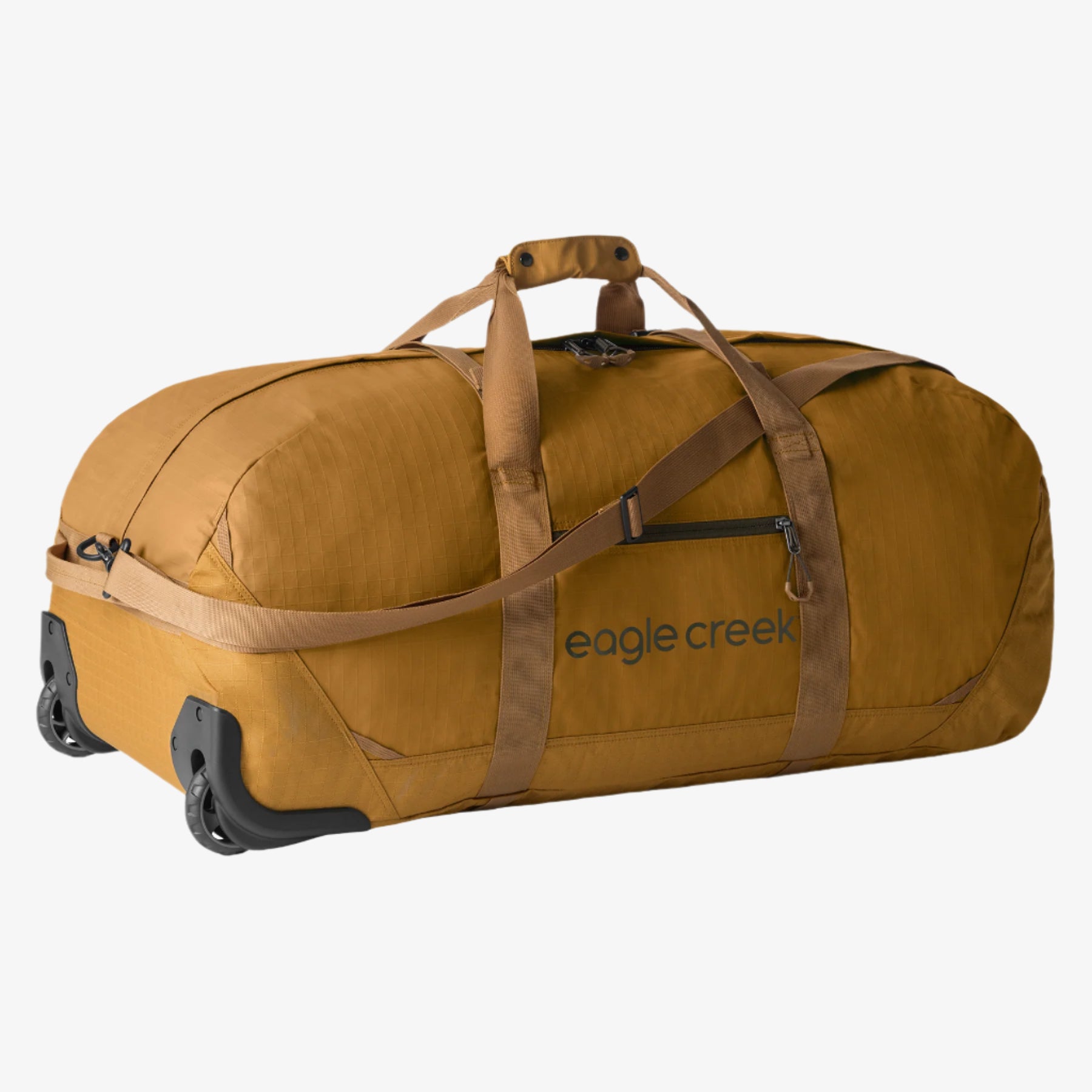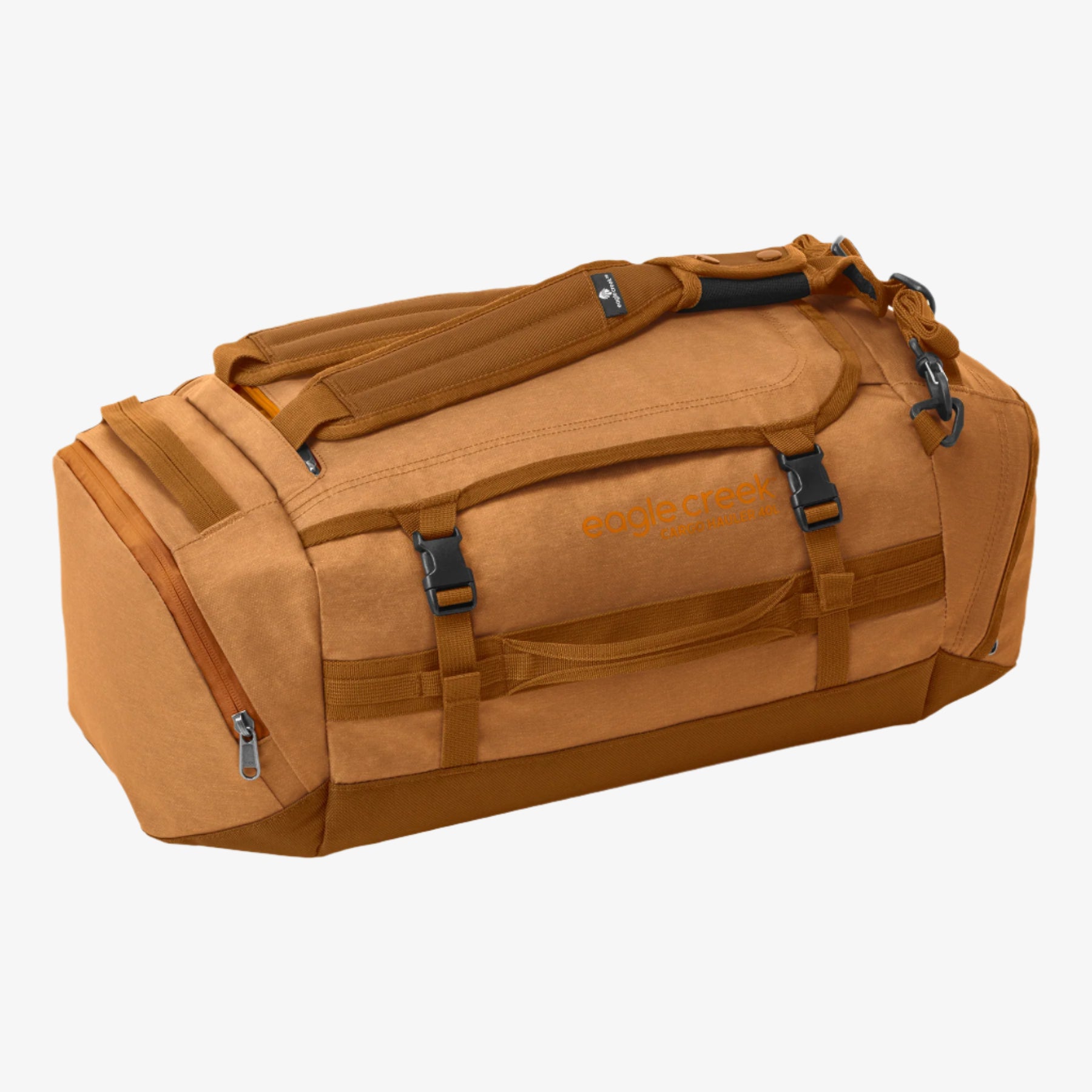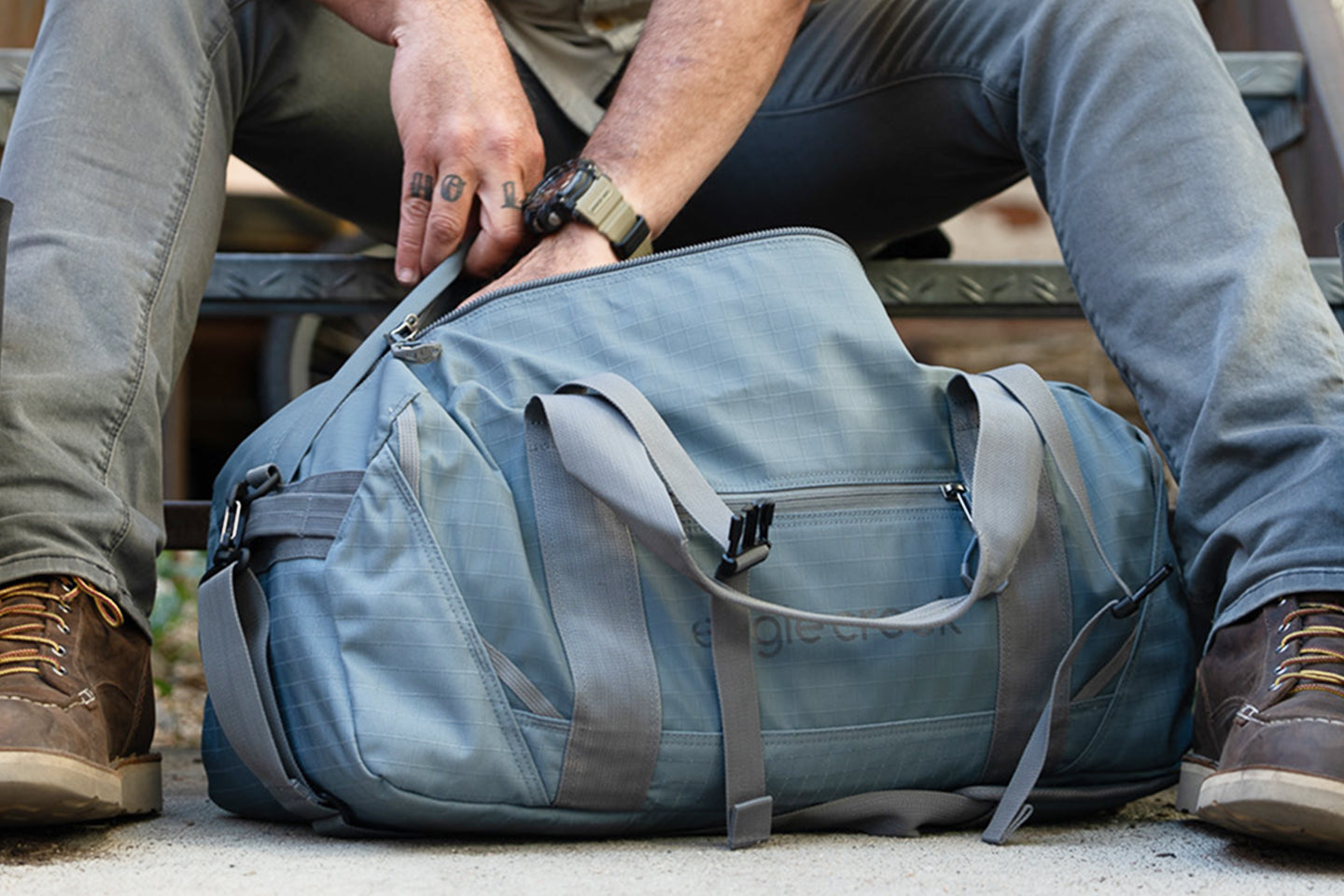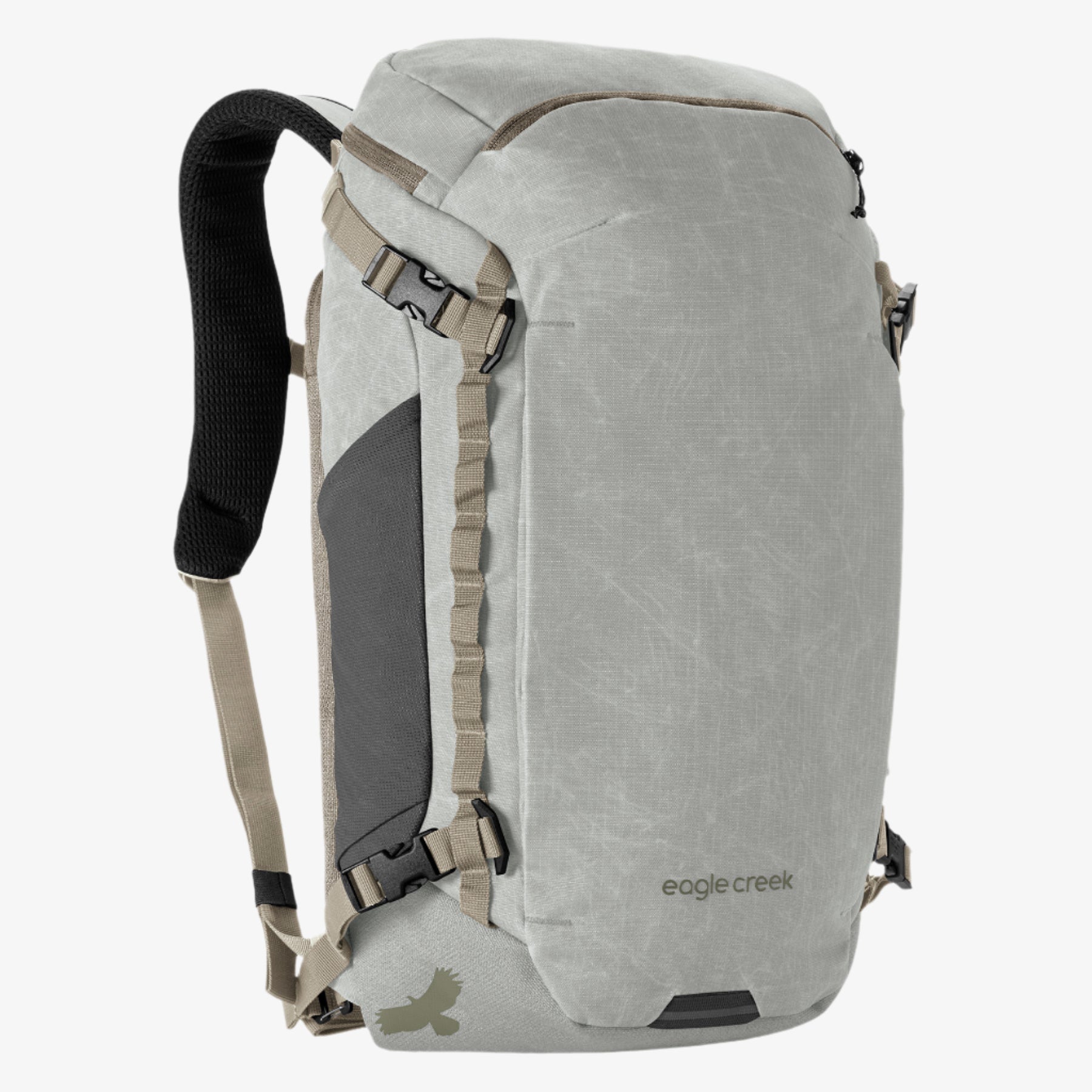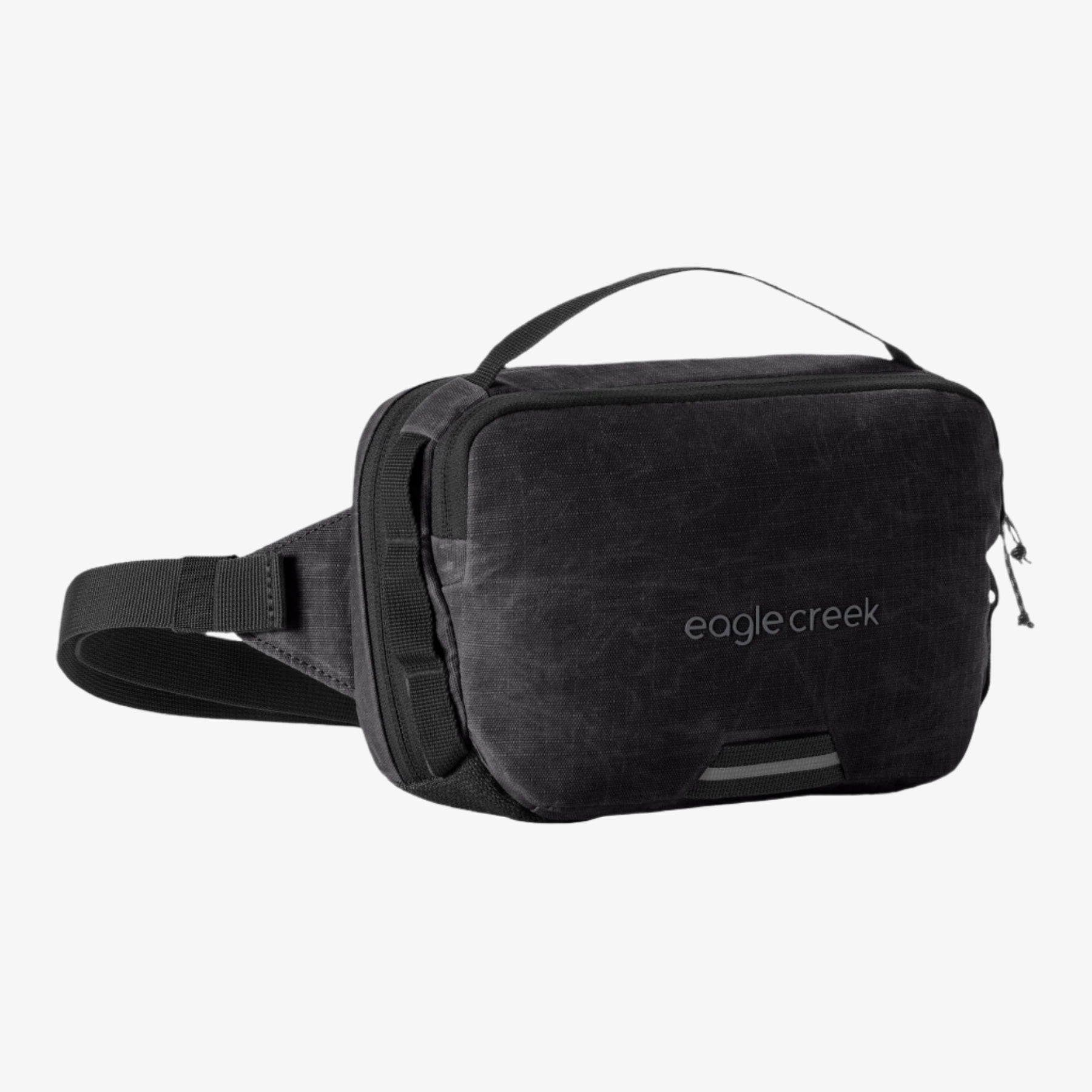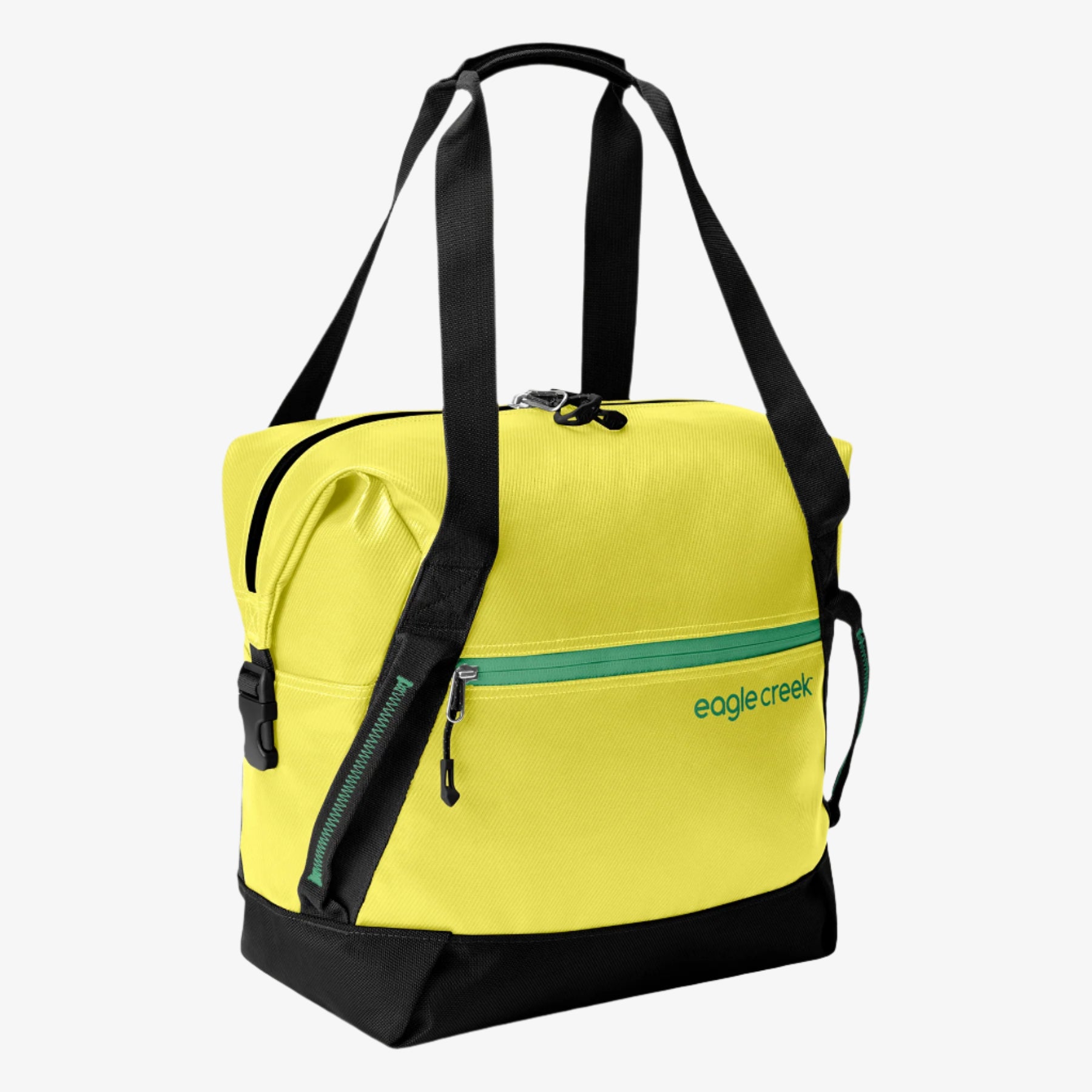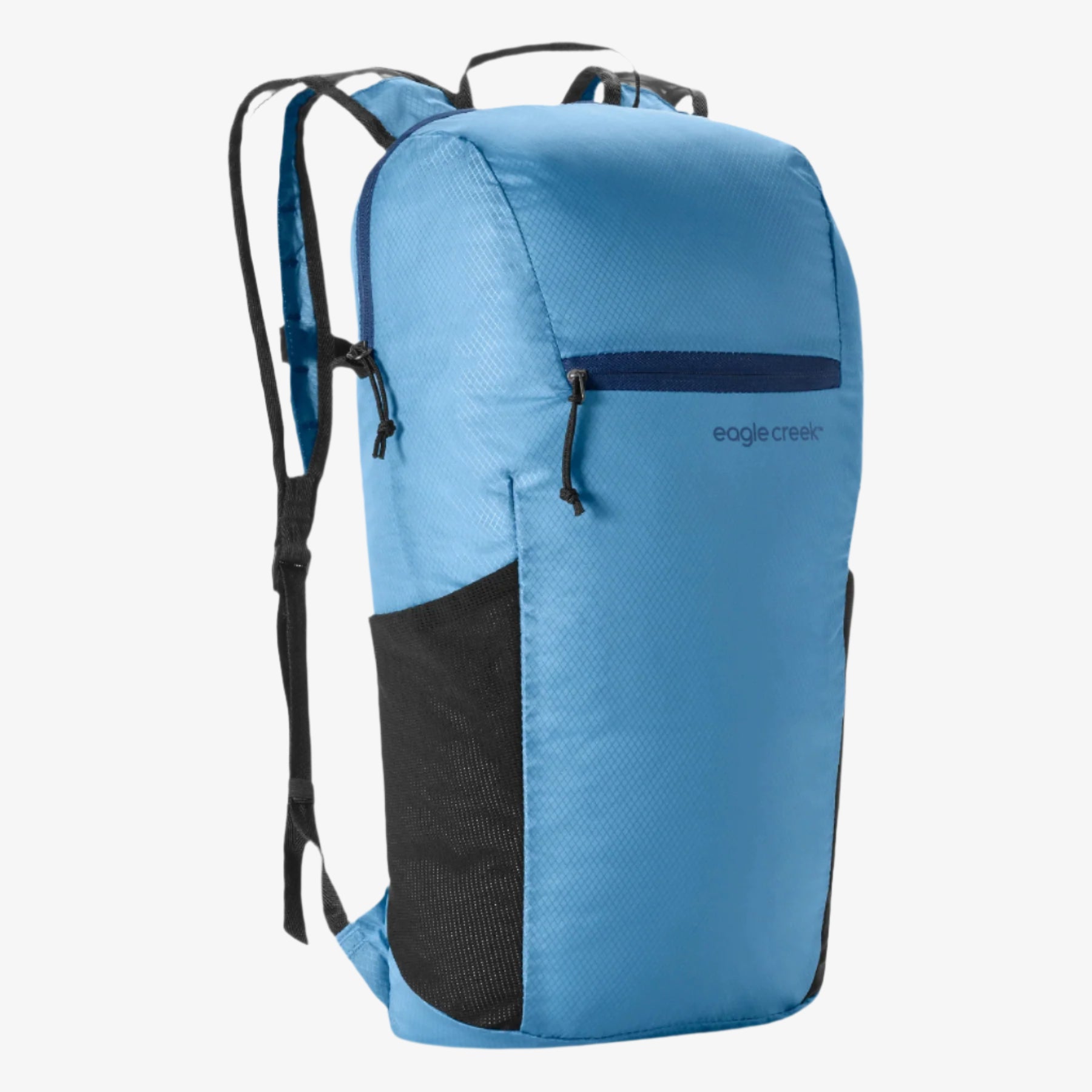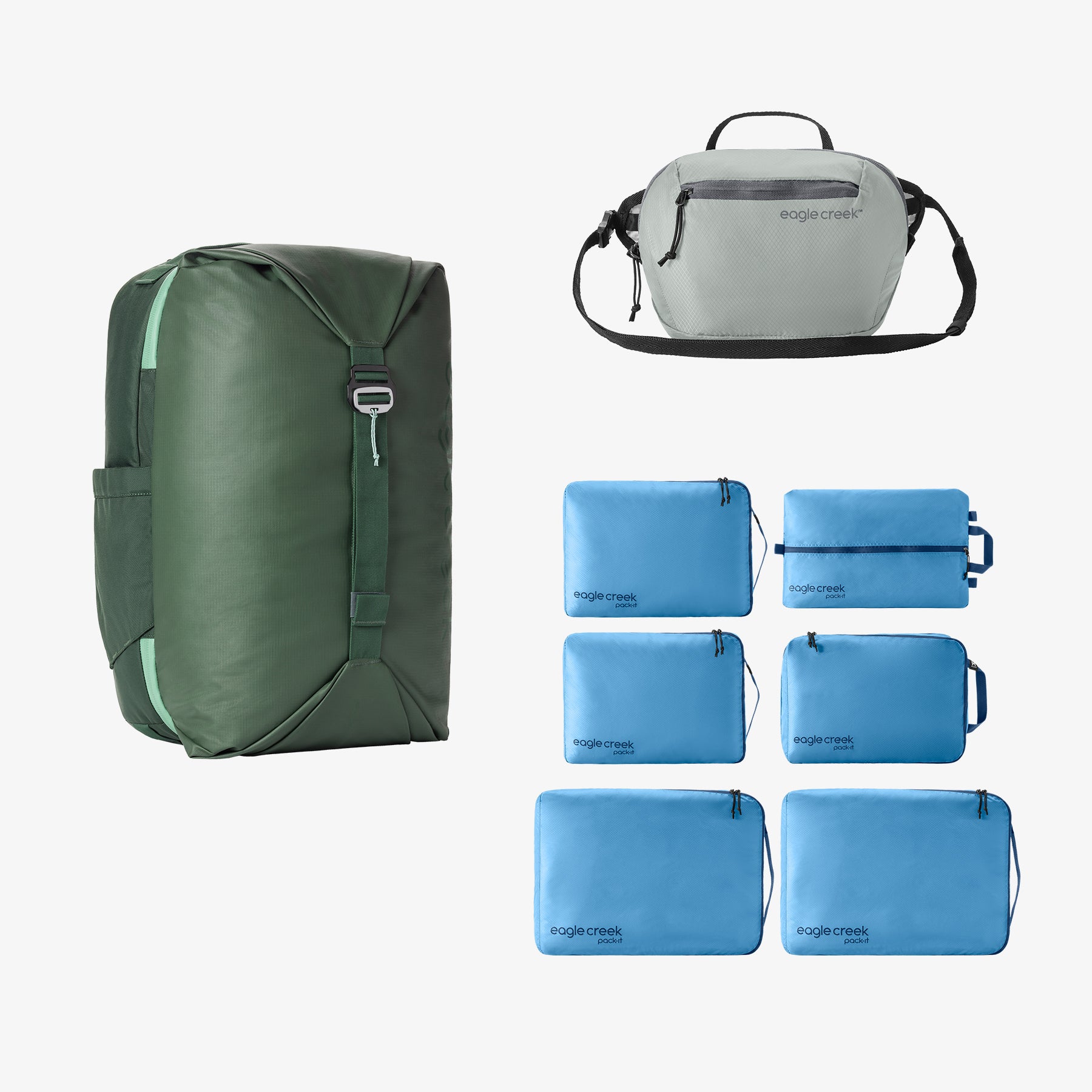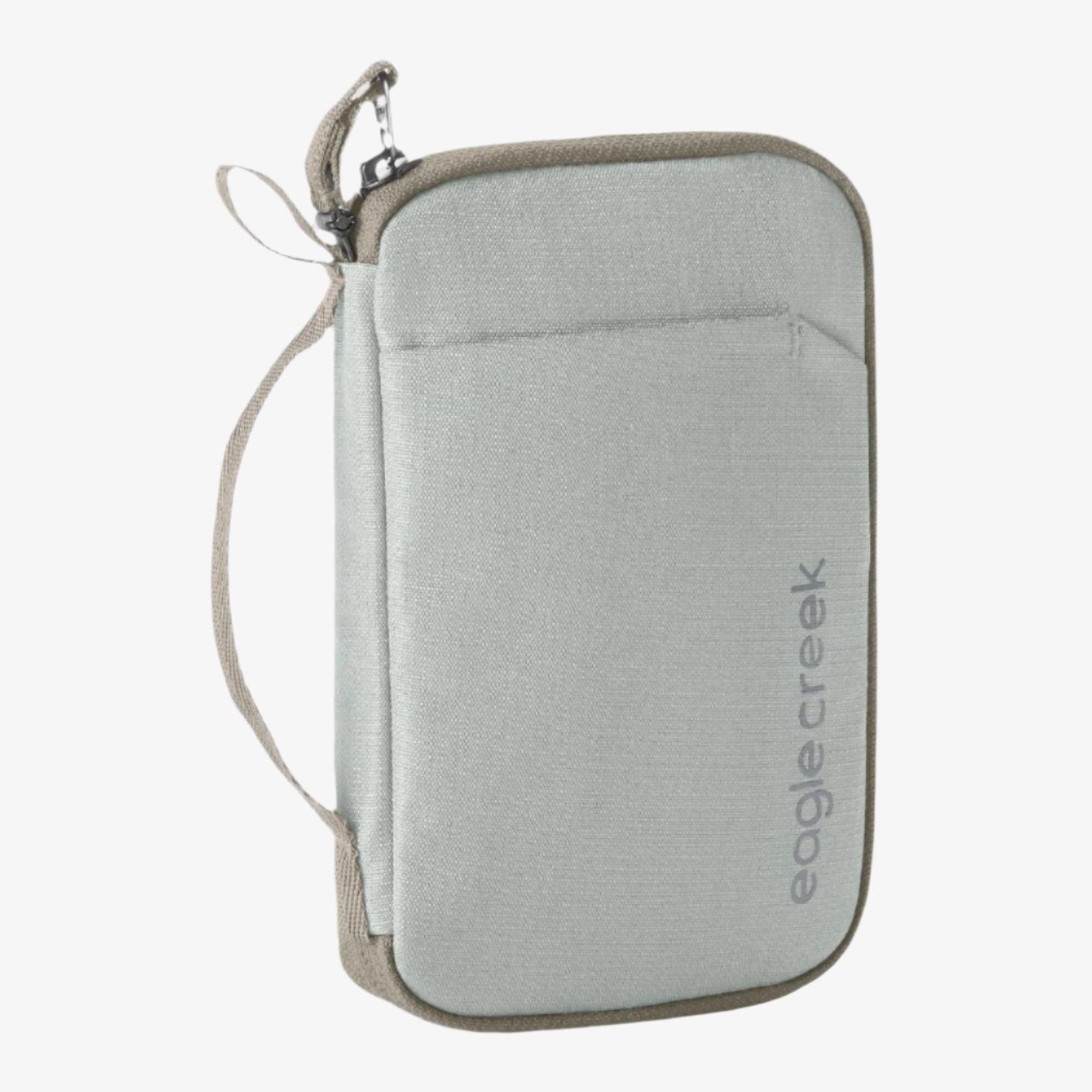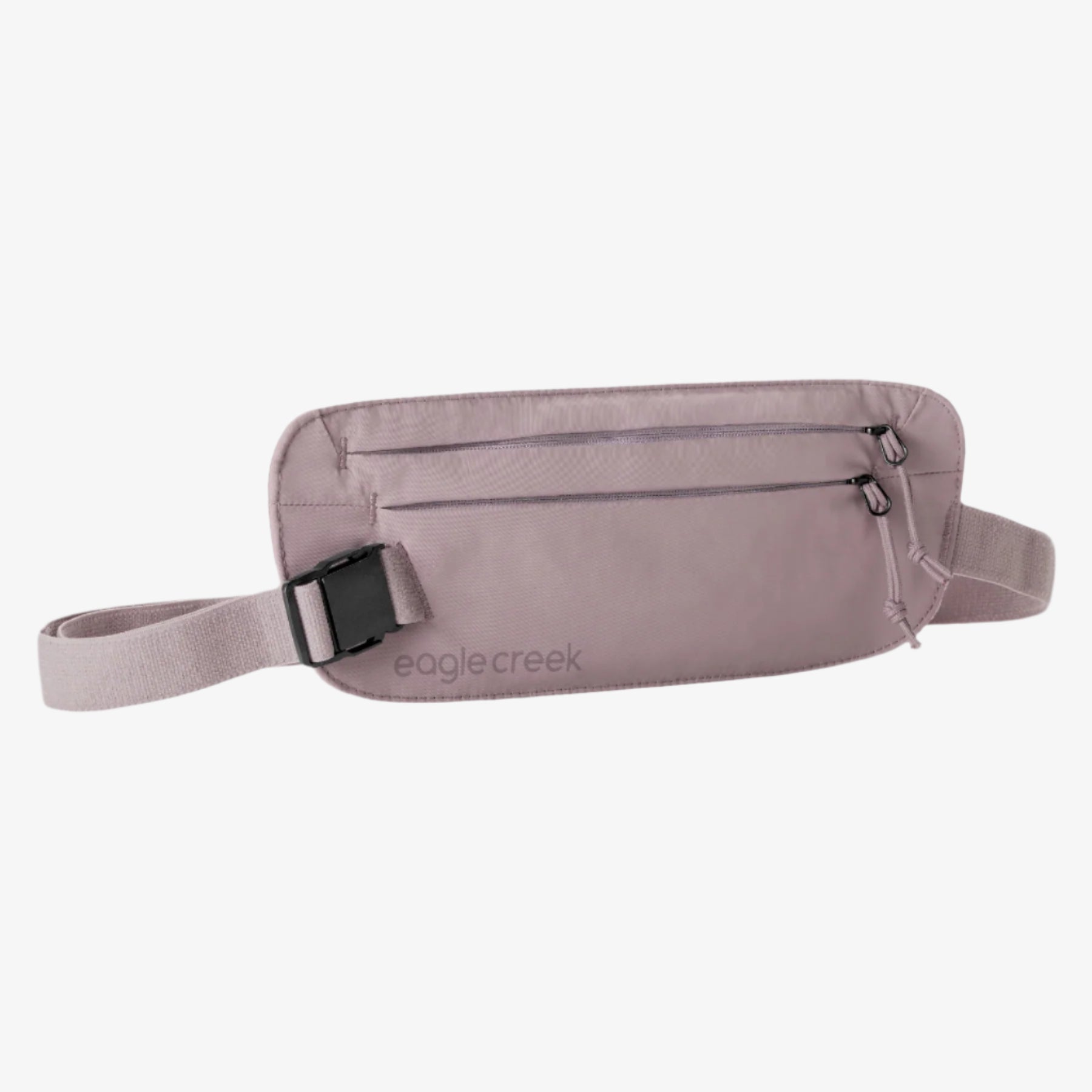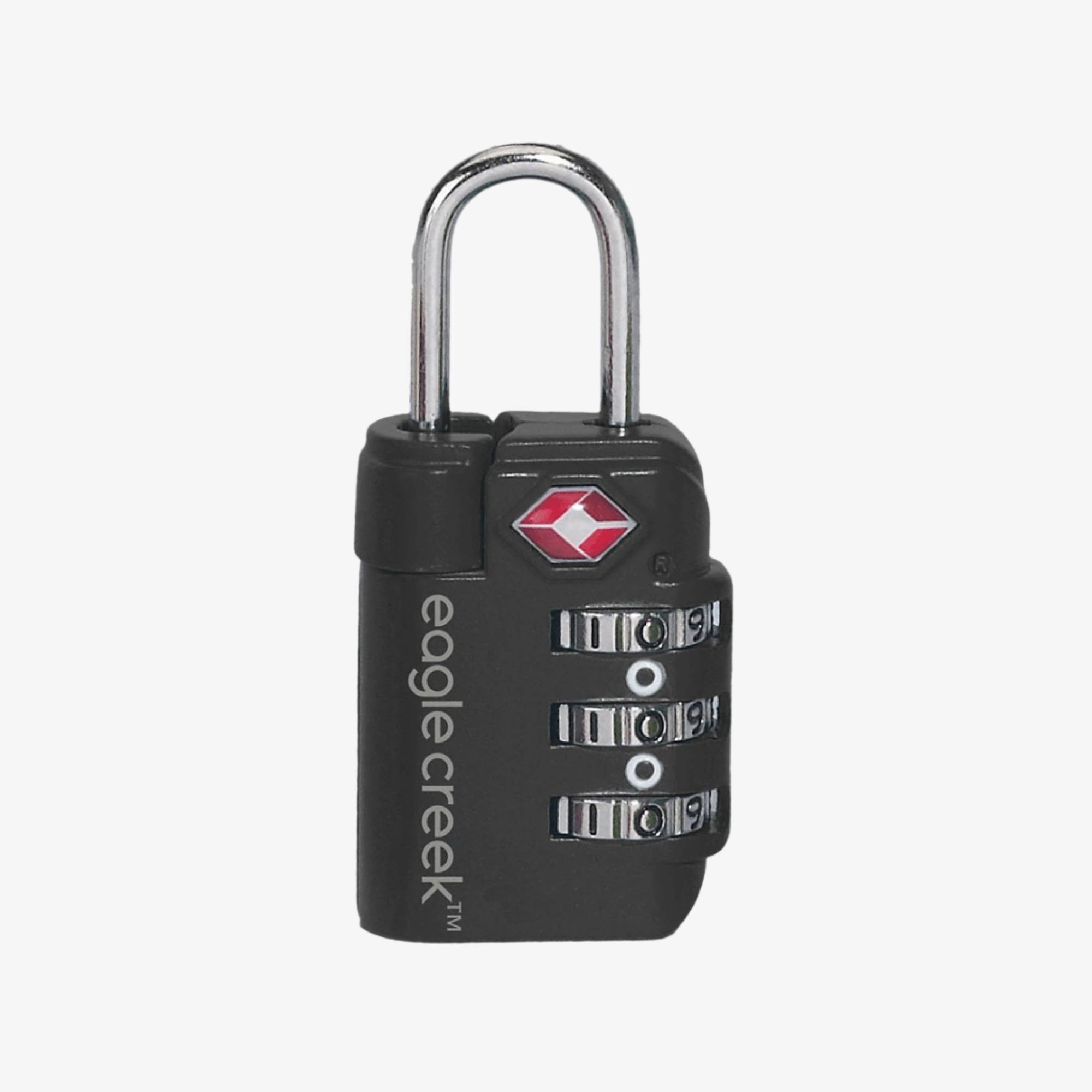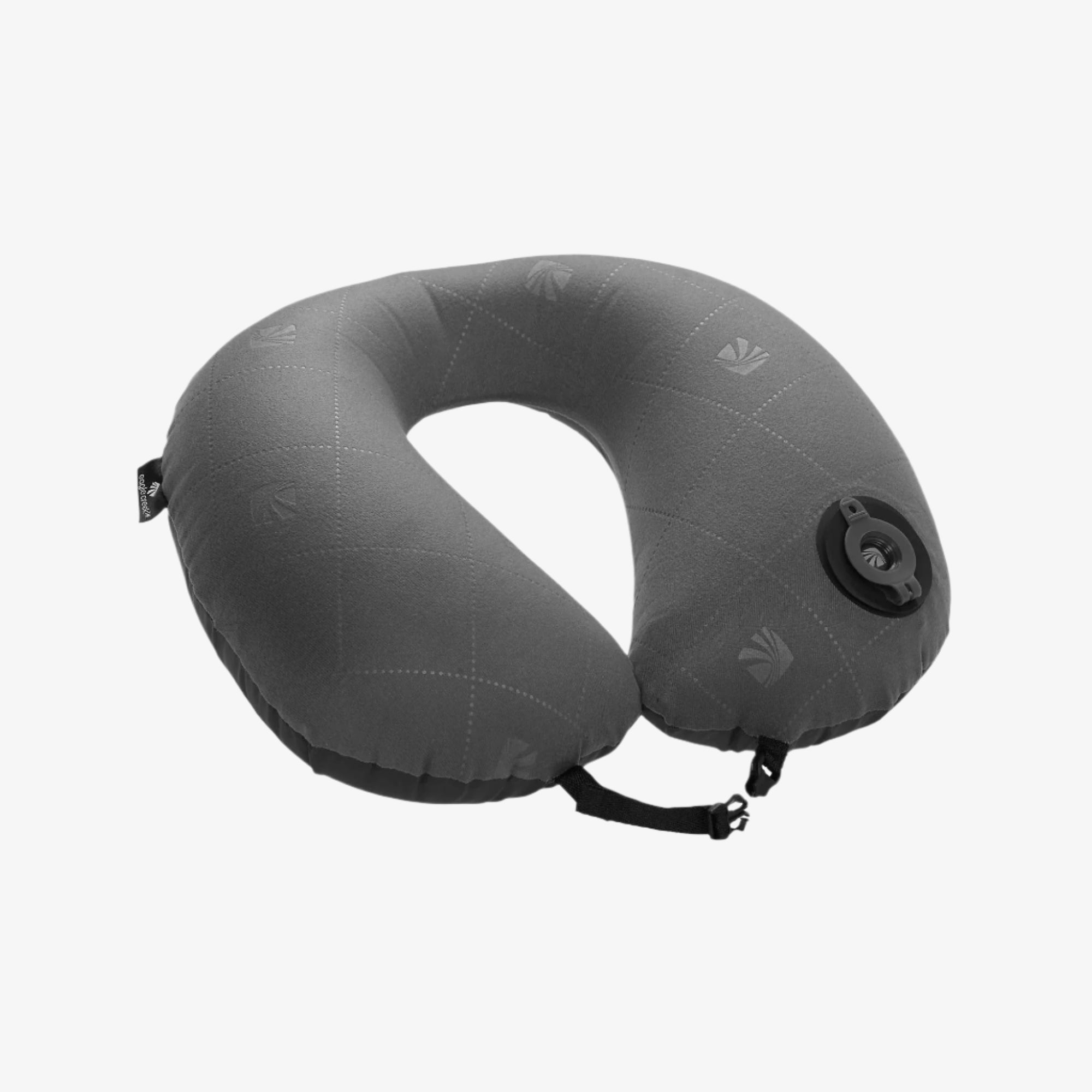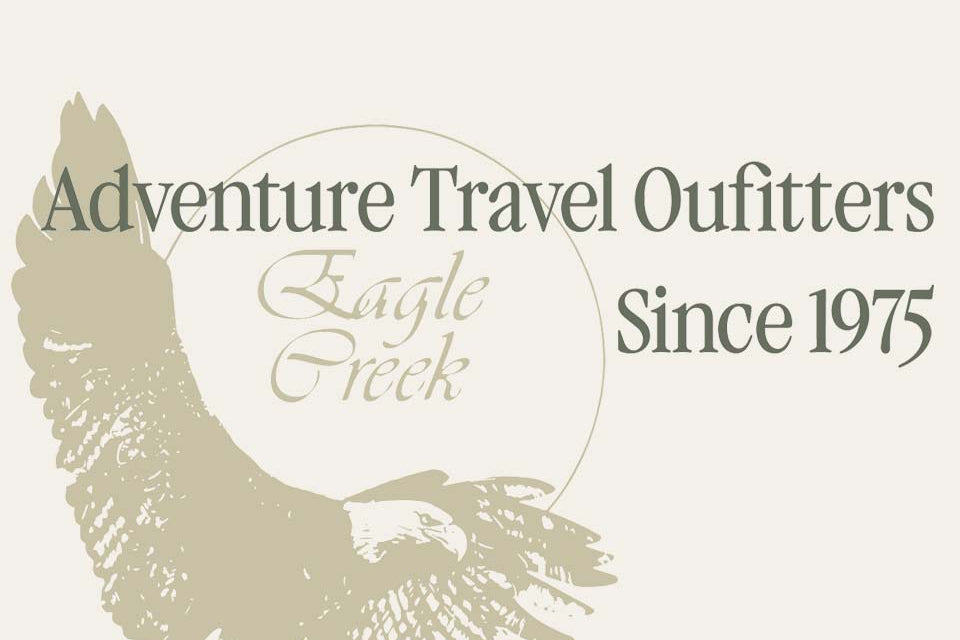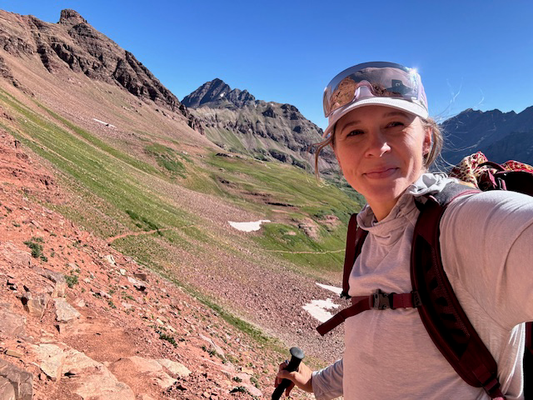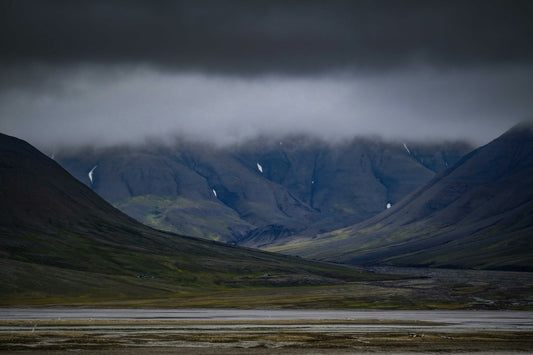Our Zodiac glides over the glass-like water, dodging the occasional icebergs aglow in a celestial turquoise hue. A kittiwake is perched upon one, his regal white head and yellow beak a stark contrast to the mercurial ice. He gives us the side-eye as we pass, but stays put.
Our boat heaves up on a desolate, rocky shelf, and 10 of us disembark in silence. We are advised to keep our voices low and to put our SLRs on silent mode. We quietly creep towards a huddle of sleeping walruses, known as a haulout, a mere 30 feet away. Their blubbery bodies are piled high on top of each other, rolling, growling, and vying for space in the cozy middle.
I’ve taken only a handful of photos before our guide addresses the group in a sharp, even-toned whisper, ‘We have to leave immediately, a polar bear has been sighted.’ I stifle a gasp. A walrus grunts. I don’t know whether to laugh or cry. Isn’t this the reason why I traveled to the Arctic Circle—to observe wildlife? Polar bears have been on my wish list for a decade, but I didn’t expect my first-ever sighting to be quite so… unexpected.
We board the Zodiac in silence and race back to the ship. I keep my eyes peeled for the Arctic bear, scanning the horizon and the sea. This is only day one, and already my expectations are exceeded. What the next ten days have in store is anyone’s guess. I can’t wait.
Contents
- Do You Have Any Bags to Check?
- Welcome to the Top of the World
- One Bag Packing, Explained
- How I Packed: Cube or Roll?
- The Essential Arctic Packing List
- Less is More: One Bag Packing Tips and Tricks
- Coming Full Circle, in the Arctic Circle
TL;DR
Learn how to pack for a two-week Arctic expedition to Svalbard using only a carry-on bag with practical packing strategies like using packing cubes, rolling clothes, and wearing bulky items on the plane to maximize space for the cold-weather adventure.
Do You Have Any Bags to Check?
My trip to Svalbard, an Arctic Archipelago midway between Norway and the North Pole, starts in Washington, D.C., where I board an overnight flight to London, a morning connection to Helsinki, and then another flight to Longyearbyen, the northernmost urban settlement on Earth. At the check-in counter, the agent asks if I have any bags to check. A touch smugly, I respond, “No.”
Do I detect a raised eyebrow? She glances over my shoulder, scrutinizing my Eagle Creek bag, making sure it adheres to carry-on regulations. Yes, I’ve managed to pack for a nearly two-week trip to the Arctic in a carry-on bag. And so have my daughter and stepfather.
Don’t believe me? I can prove it.
Welcome to the Top of the World
The 150 passengers from our ship, Quark Expedition’s modern marvel, the Ultramarine, disembark the plane in Longyearbyen and take their first breaths of Arctic air. The sun is high in the sky, a sight we will become very familiar with. At this time of year, the sun won’t set—ever. Welcome to the top of the world.
The other 147 passengers wait for their luggage while Ella, Rick, and I head to the bus. “Where are your bags?” the Svalbardian bus driver asks as we board. He looks at my small black canvas roller in bewilderment. “This is it,” I reply. A veiled look of approval crosses his weathered face. A smile crosses mine.
Few people on earth have the opportunity to travel to the northern Arctic, the quintessential spot to observe polar bears, walruses, seals, and whales in their natural habitats. This expedition, 150 explorers strong, knows that nothing is guaranteed on the icy, Arctic waters. Whether related to weather or wildlife, anything can happen at any moment. That’s the inherent draw of the Arctic. And it’s that love of the unexpected that unites us.
But not everyone knows how to pack for it. Let alone with one carry-on bag and a camera bag. Eagle Creek hasn’t failed me before. Could it manage a two-week trip to one of the farthest northern points on the planet? I was betting it could.
One Bag Packing, Explained
It takes a little bit of imagination, a lot of purging, and a durable, well-constructed carry-on to weather a two-week trip to the Arctic. This isn’t a beach vacation. No itty-bitty bathing suits and flimsy flip-flops that make packing light a breeze. The High Arctic requires thermal layers and warm, bulky clothing.
Quark Expeditions is a leader in polar travel. They have a confident handle on guests’ packing needs and provide passengers with a concise list of essentials, allowing them ample time to plan. They also cleverly take the anxiety out of packing some of the most important (and bulkiest) items. Every Quark passenger receives a complimentary Quark 3-in-1 Parka, a reusable water bottle, and a loan of insulated waterproof boots. Think creatively, and packing in a carry-on is a literal snap.
How I Packed: Cube or Roll?
Packing for a trip to the Arctic is not the same as packing for Paris Fashion Week. Although I’d bet you a polar bear sighting I could pack in a carry-on for both. This expedition meant prioritizing, creative thinking, and packing cubes. Eagle Creek packing cubes have been my packing lifeline for decades, but never have they been more useful than on this trip.
Having a few nights on either end of the trip in Helsinki, I could easily separate those clothes. The ship’s dress code is as casual as you’d like. Some passengers dressed up for dinner, but most (like me) were comfortable in jeans and sweaters. My packing cubes allowed me to put my thermal layers in one bag, my Arctic accessories in another, and any non-excursion clothing in a third. Packing an extra empty cube meant I could fill it with any dirty items and forget about them until I got home.
I tend to combine packing cubes with the rolling technique, which means I can fill any blank spaces with rolled items—especially clothing I don’t need to worry about wrinkling, like workout gear or undergarments. The versatile compartments of my Eagle Creek carry-on left room for my books and laptop.
The Essential Arctic Packing List
I packed every item on this list into my Eagle Creek carry-on bag, aside from my binoculars and camera, for which I had a dedicated camera bag. Inspired? The Arctic Circle is calling!
Gear for Zodiac and Helicopter Rides
- Waterproof pants
- Base-layer wool or synthetic top x 2
- Base-layer wool or synthetic bottom x 2
- Mid-layer warm or fleece top
- Mid-layer warm or fleece bottom
- Warm hat that covers ears
- Scarf, buff, or other face protection
- Warm wool or synthetic socks x 2
- Waterproof gloves or mitts (bring an extra, lighter pair for hiking)
- Glove liners
- Binoculars Gear for Zodiac and helicopter rides (packed in my camera bag)
- Polarized sunglasses with UV protection
- Waterproof, lightweight backpack or dry sack and/or rain sleeve for camera
- Waterproof phone case
- Sunscreen and lip balm
On Board
- Complimentary Quark 3-in-1 Parka (waterproof shell for outdoors, removable liner for indoors)
- Comfortable casual clothing (shirts, pants, jeans)
- Comfortable, non-slip, closed-toe shoes (I wore ‘fun’ sneakers on the plane and packed running shoes)
- Workout attire (for the fitness center and other activities)
- Swimsuit (for Polar Plunge and/or pools, hot tubs, saunas)
Additional Items
- Light warm jacket for travel to the ship (I wore on the plane)
- Passport, visas, travel documents
- Camera gear (packed in my camera bag)
- Reusable waterproof bags or zippered plastic bags (for organization and camera protection)
- Voltage converters and plug adapters
- Medications
- Earplugs and an eye mask (essential when in the Land of the Midnight Sun)
- Moisturizer for face and hands
- A credit card and a small amount of local currency
- Extra memory cards or a laptop with spare storage
- Personal alarm (phone, watch, or clock)
Less is More: One Bag Packing Tips and Tricks
You don’t have to be a polar explorer to take advantage of these travel tips and tricks. In a world where we track our luggage electronically, fearing that our bags will end up in Antwerp vs. Antigua, packing light has many advantages. Packing light is liberating, and reminds us what’s important (and it’s not having six pairs of shoes). Carry-on only means we have everything we need with us at all times—no luggage separation anxiety! It means we don’t have to wait for the conveyor belts to spit out (or devour) our bags—saving time is priceless. My travel tips and tricks aren’t rocket science, or even polar science. They are just tried and tested techniques that work for me.
- Merge and Purge: Before I pack, I lay everything I’m planning to take out on my bed. It quickly becomes obvious which items are extraneous. Haven’t worn that (shirt, scarf, wrap) in ten years? That’s a big red flag. Lying clothing out provides a good opportunity to see if any patterns emerge. Figure out ways to mix and match items to create new outfits. Think you’ll forget the fashion combos? Take photos. And bear in mind, no one will remember what you wore to the Captain’s Dinner except you.
- Roll It: I roll everything that can be rolled, except for those that are in a cube. Often, I roll it and then put it in a cube. Rolling keeps clothes from wrinkling and takes up less space. Eagle Creek’s Compression Cubes are brilliant. I packed all my thermal layers in one compression cube for easy access.
- Use Shoes: I want to bring all of my shoes. I try to whittle down to the most necessary, which can be a struggle, and then I stuff them with anything that won’t wrinkle. Undergarments, socks, adapters, cords, chargers, or workout clothes. You’d be surprised how many socks fit into a size six Nike.
- Plane Clothes: I wear my heaviest, bulkiest items on the plane rides, which have an Arctic chill no matter the destination. That way, my sweater, coat, or sneakers don’t take up space that could be better utilized for other items. I then plan to wear the very same outfit on the way home, so it never takes up luggage space.
- Weight Issues: I weigh my luggage before travel with a handheld luggage scale, even my carry-on, which prevents unnecessary disagreements with flight attendants, pre-boarding.
- Literary Donations: I still read real books and tend to take a few with me when I travel. After reading, I love leaving them behind for a like-minded reader to enjoy. This provides space for any souvenirs I may have collected on the trip.
Coming Full Circle, in the Arctic Circle
Our ship quietly slips into the placid harbor in Longyearbyen. I look around at the 150 passengers who started out as strangers but have now formed bonds. Bonds that break language barriers, country borders, and stereotypes. Bonds that formed over cliff walls filled with squawking kittiwakes, hours of hardcore sea kayaking, and stories of past adventures over lunches and dinners.
That first polar bear sighting was one of my most memorable wildlife encounters. I’ll never forget the beauty of the towering glacial landscape that framed his solitary body, his slow, watchful gait, and the flock of black and white auks flying above him.
Traveling to the top of the world isn’t for everyone. But it was definitely for me, my daughter, and my stepfather. Three generations on a once-in-a-lifetime adventure. Where will my trusty, intrepid Eagle Creek carry-on take me next? I spin the globe and start planning.
